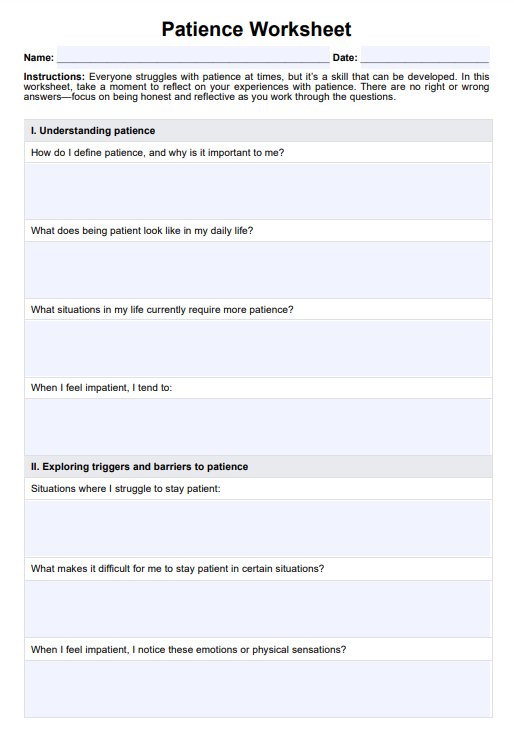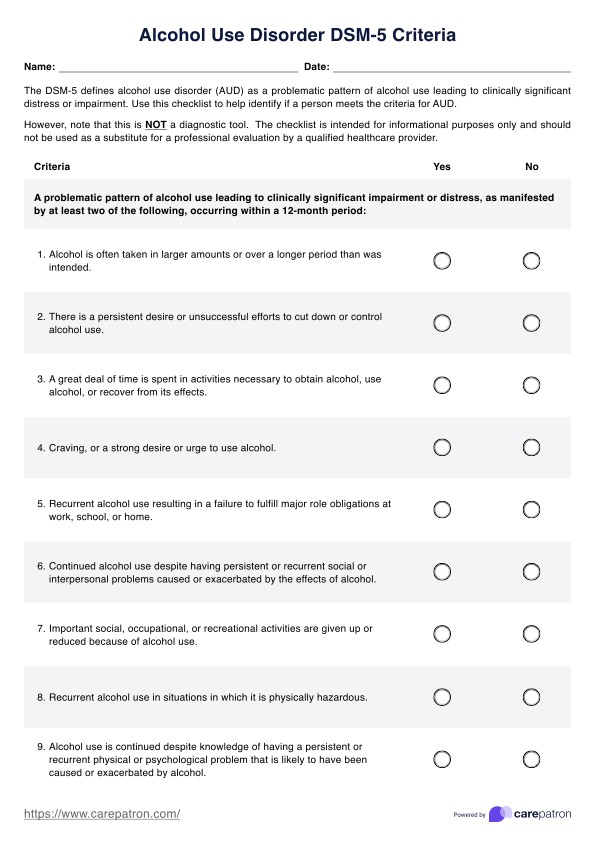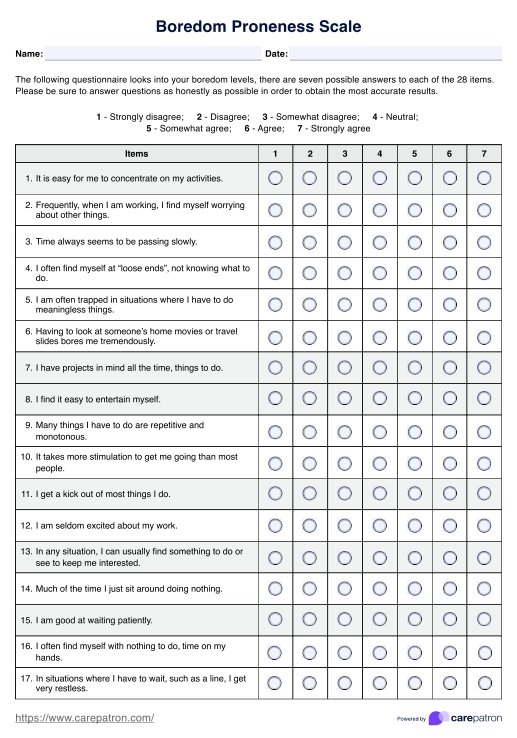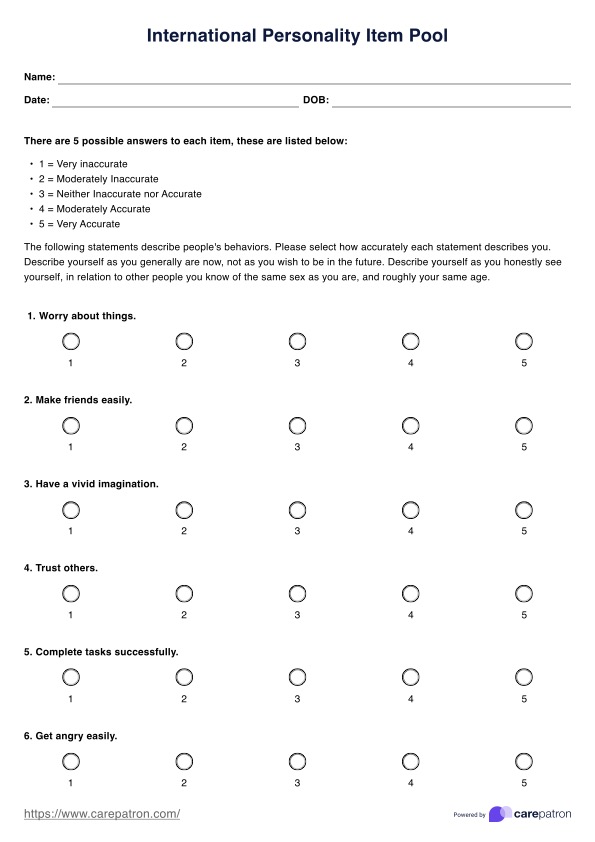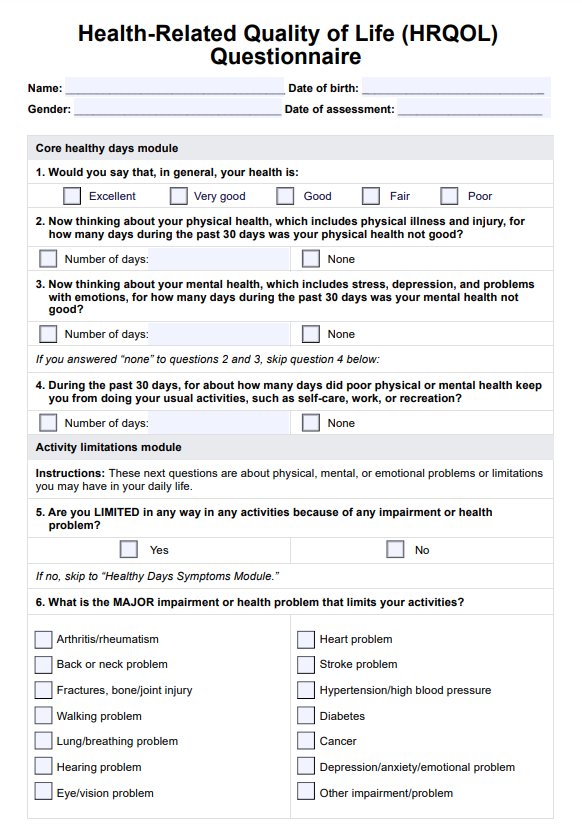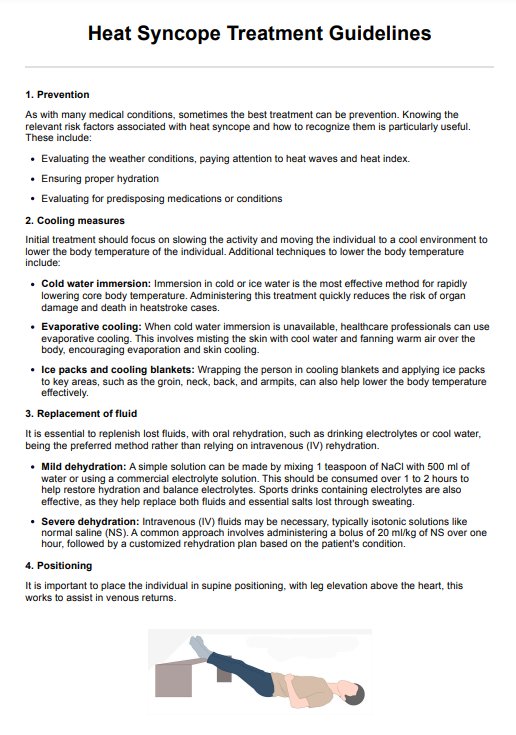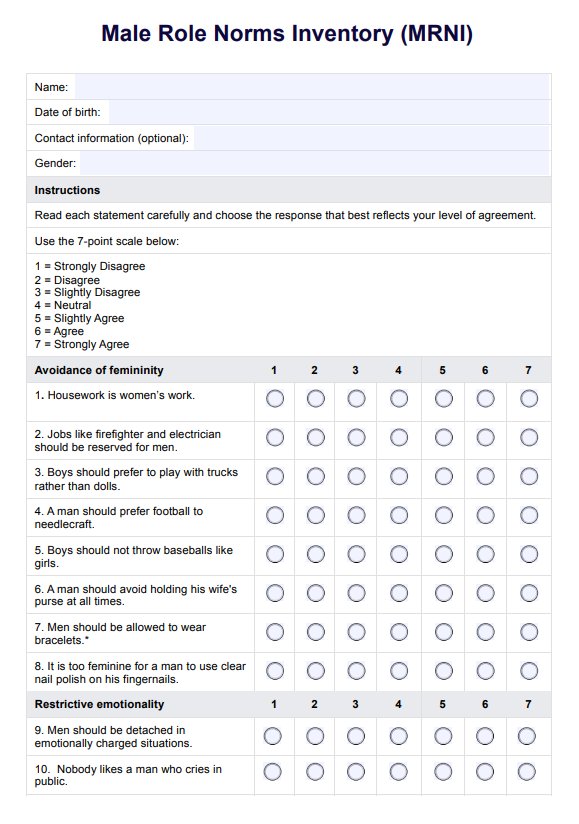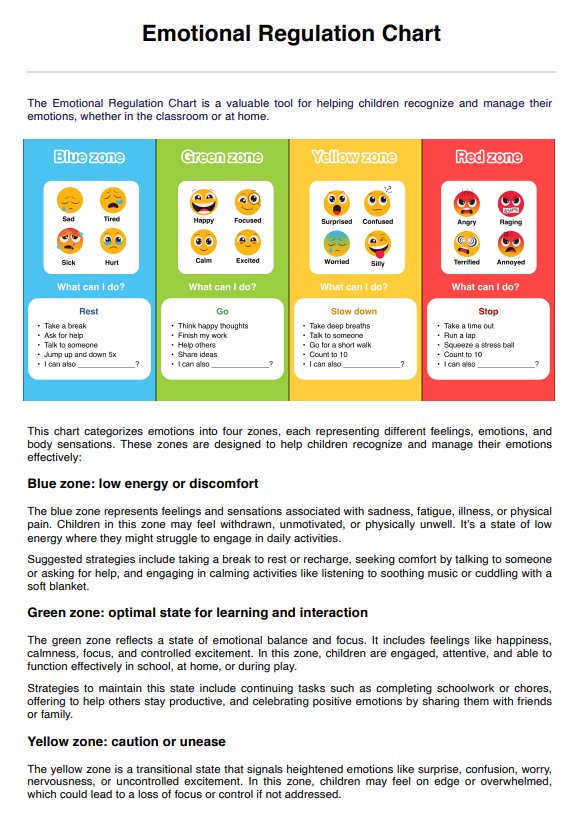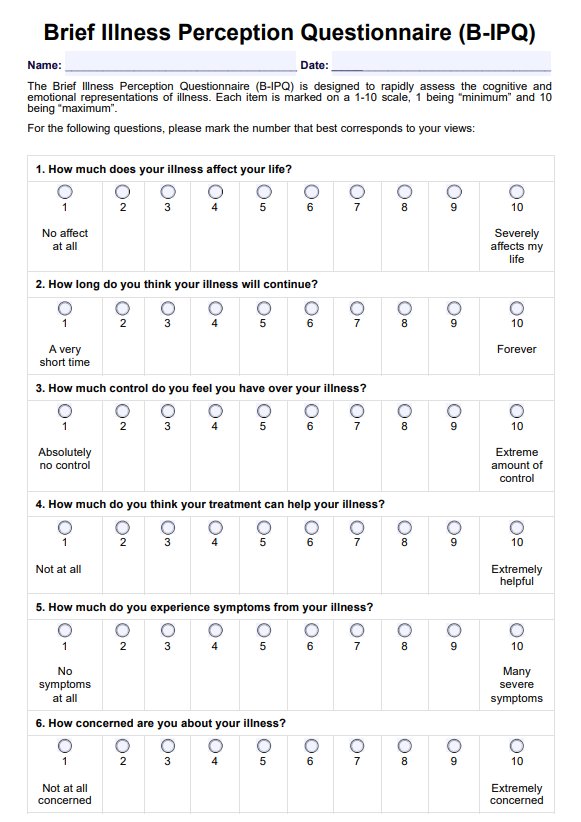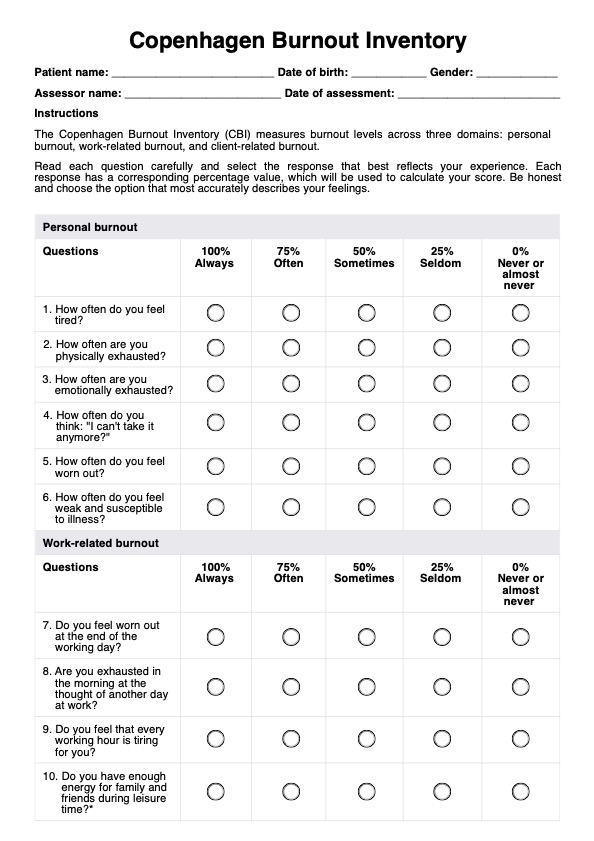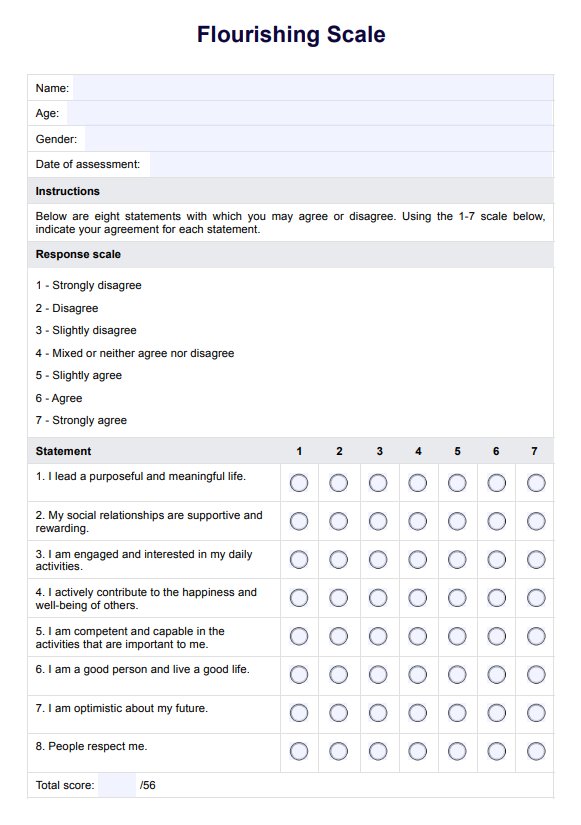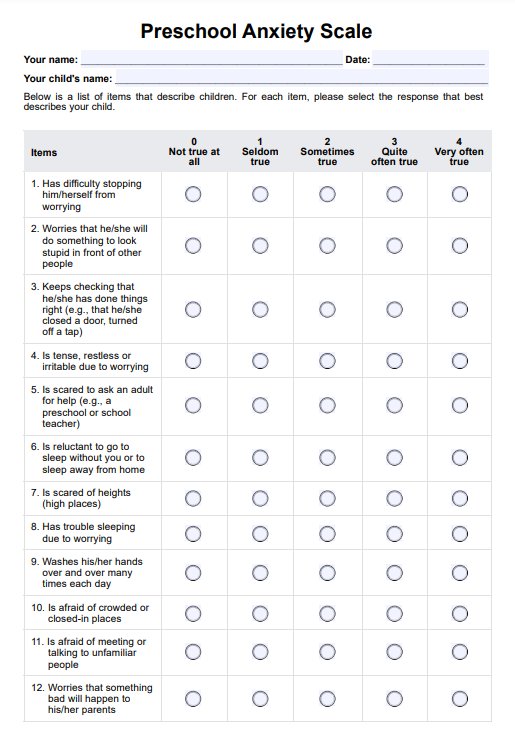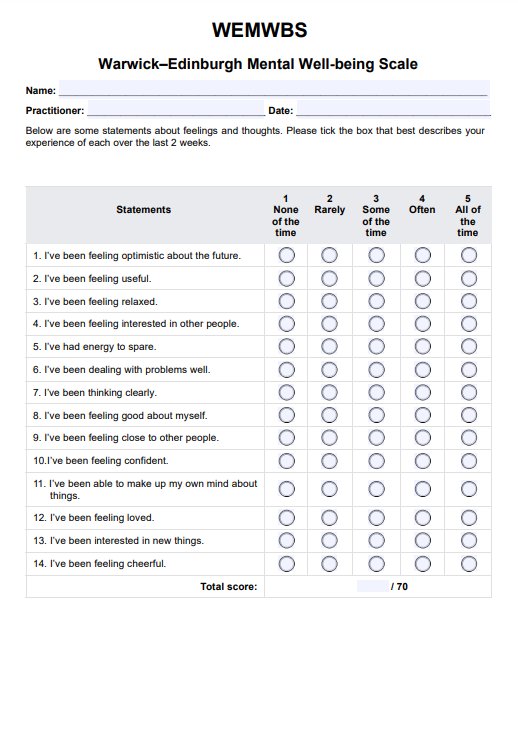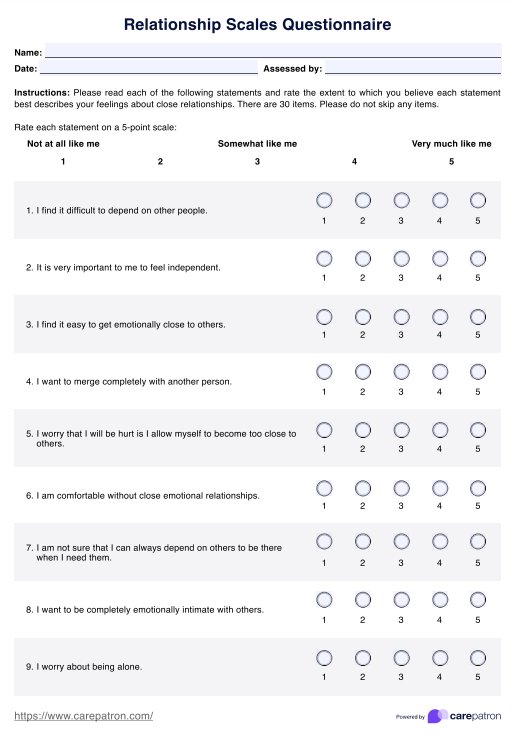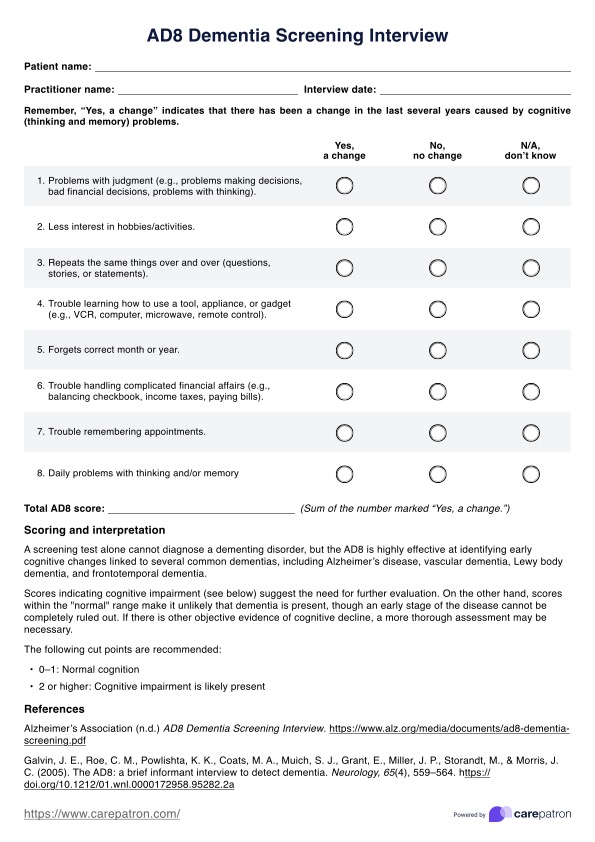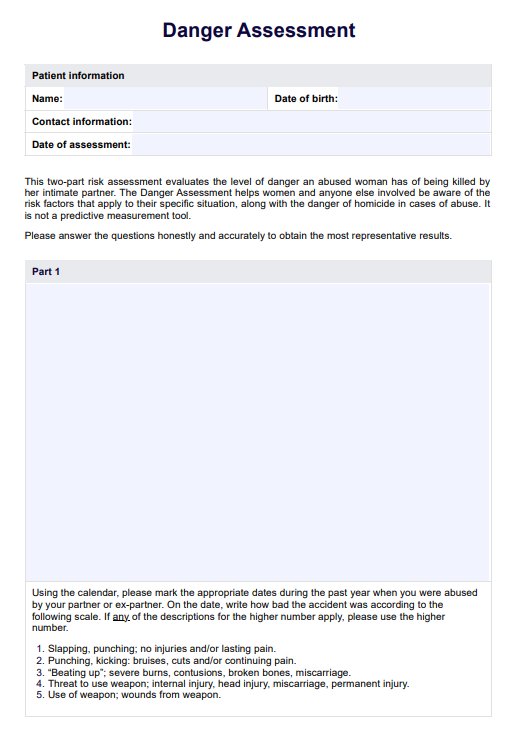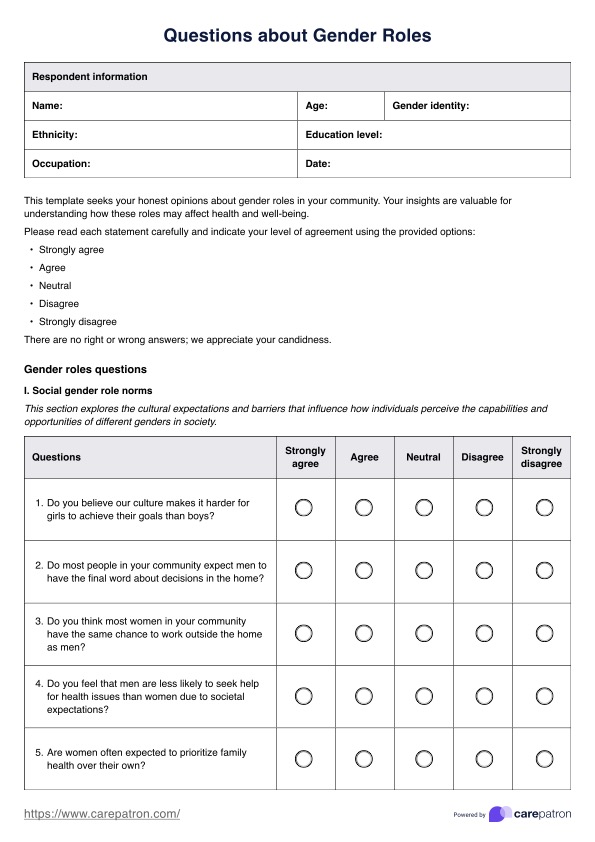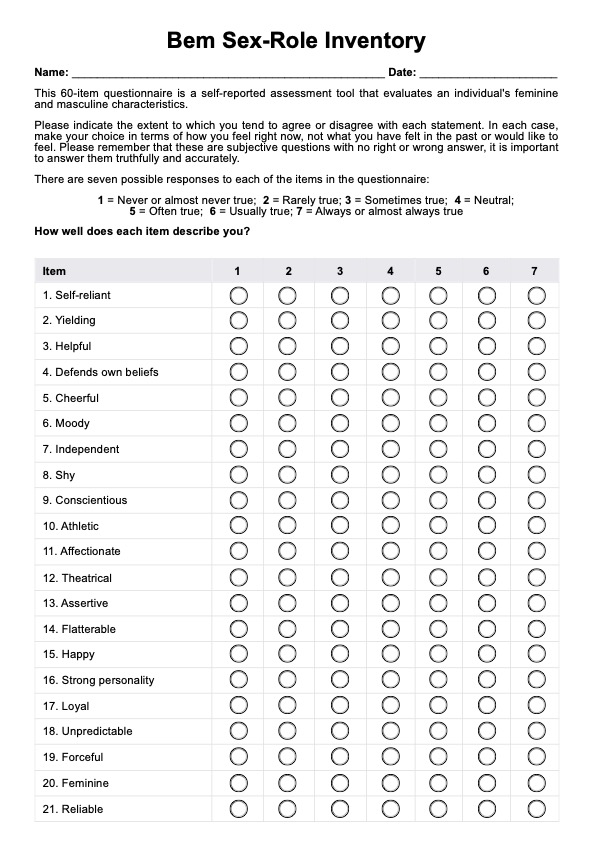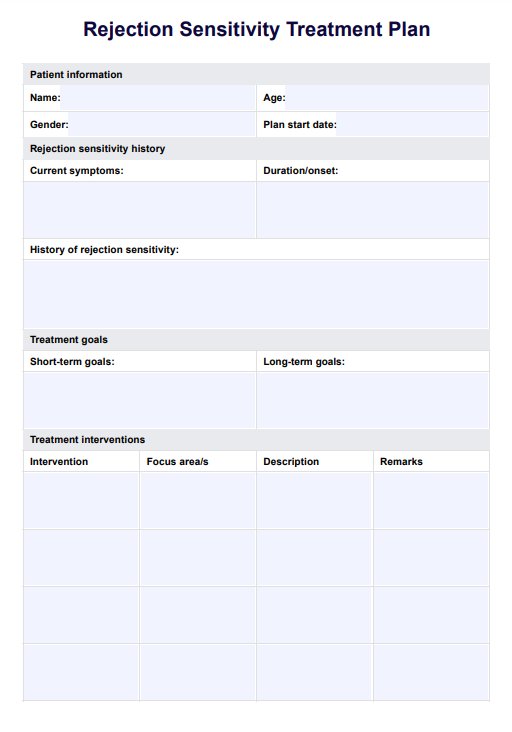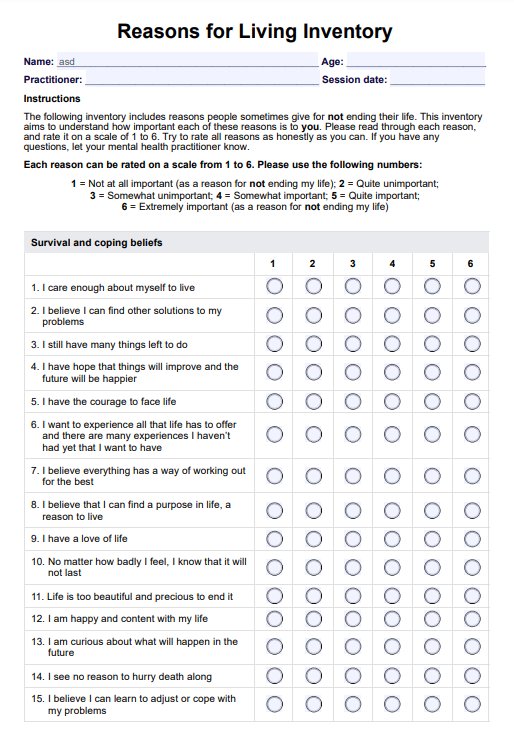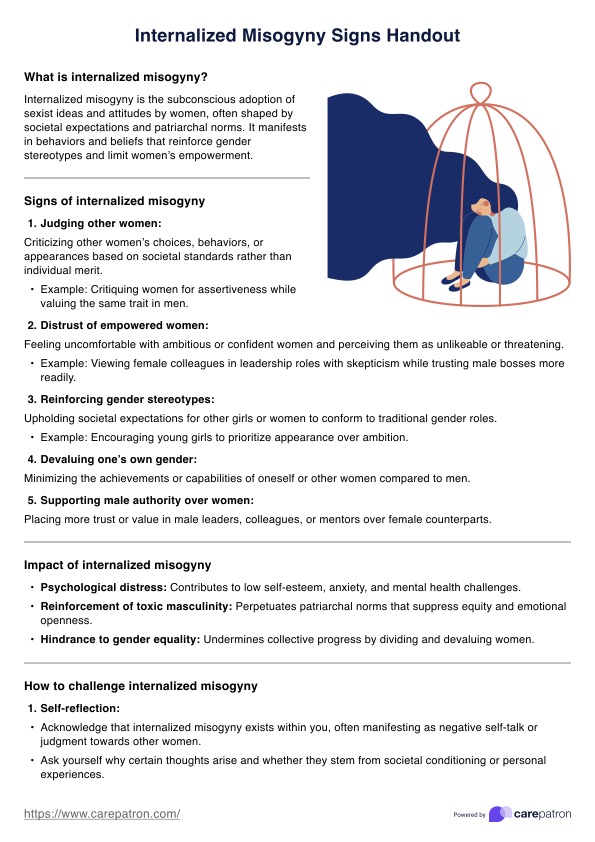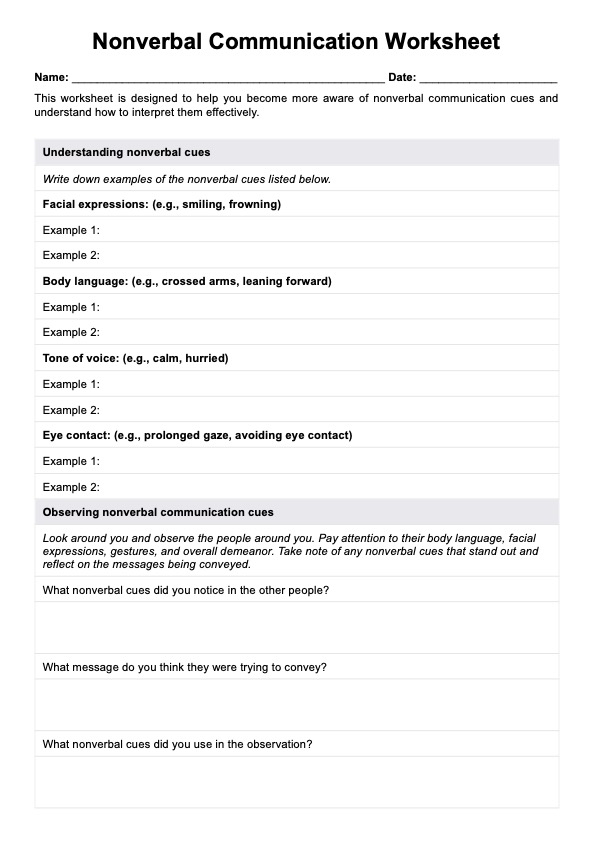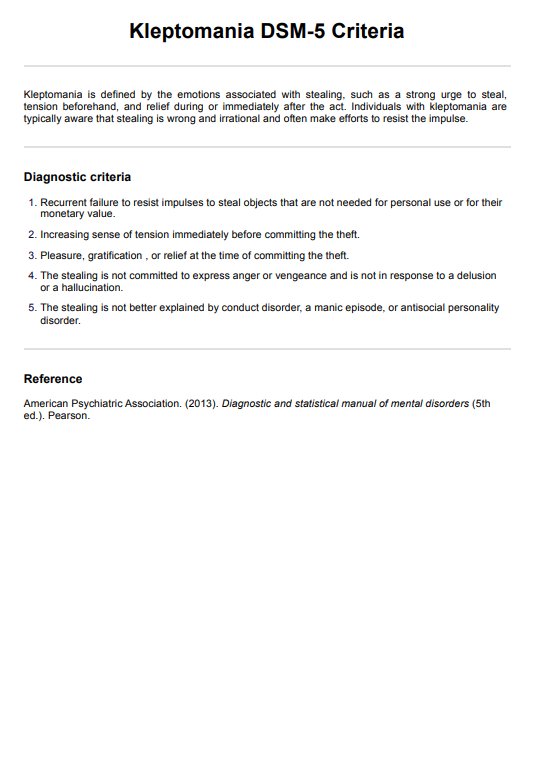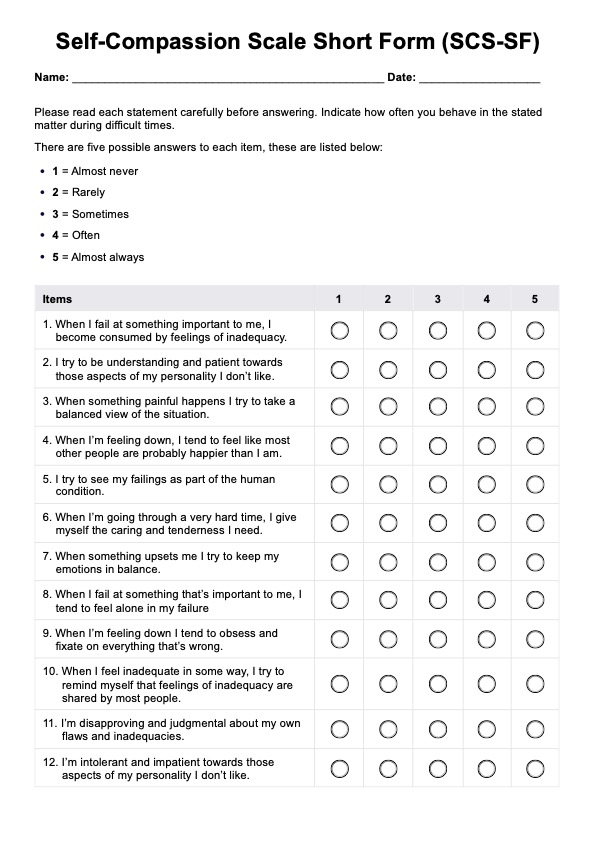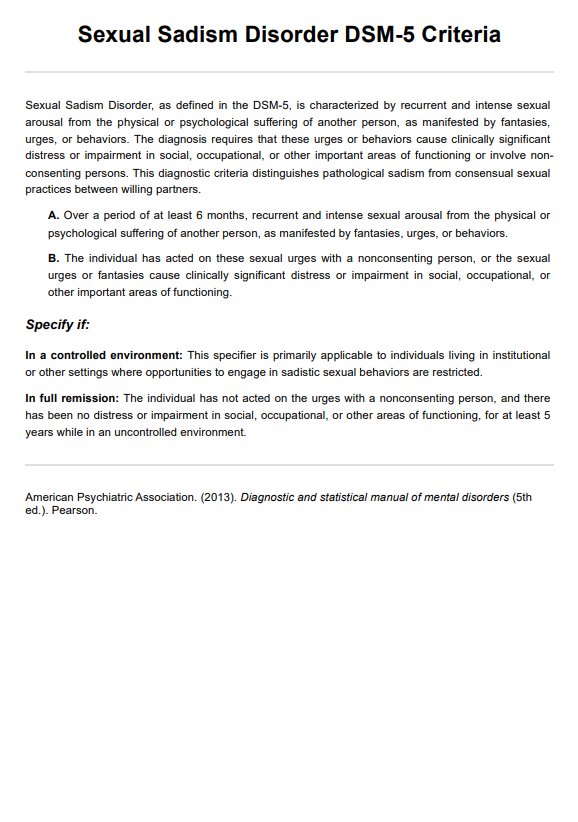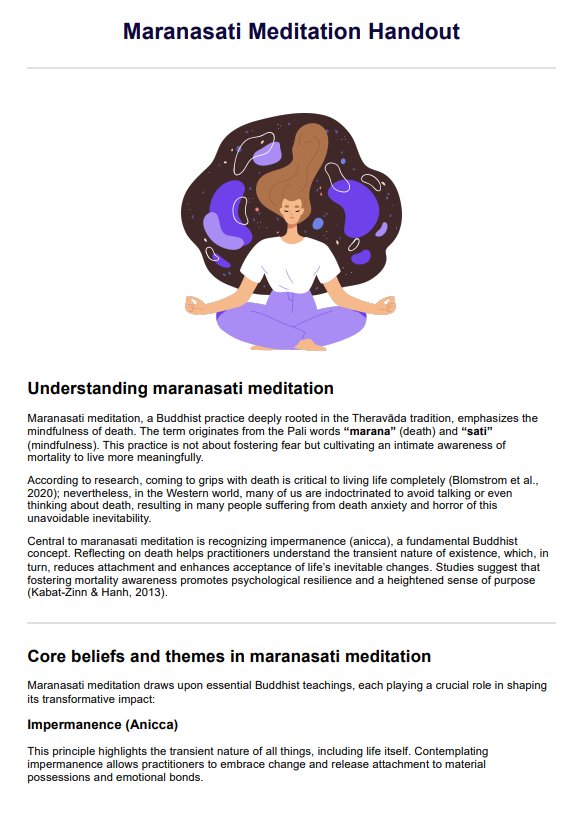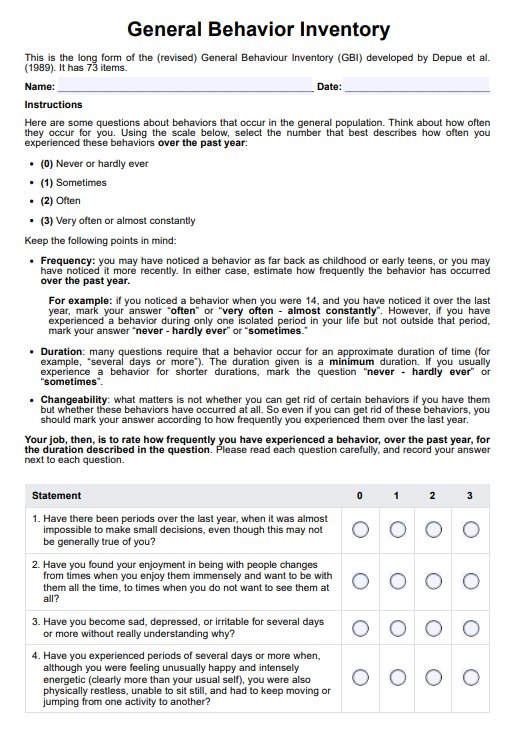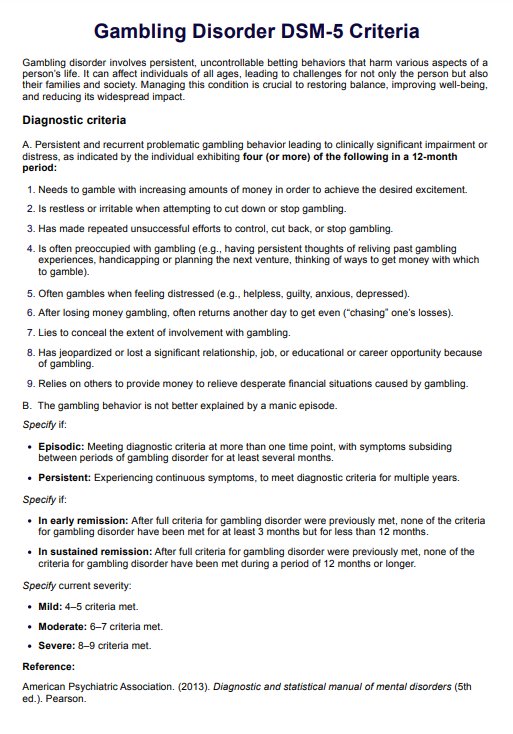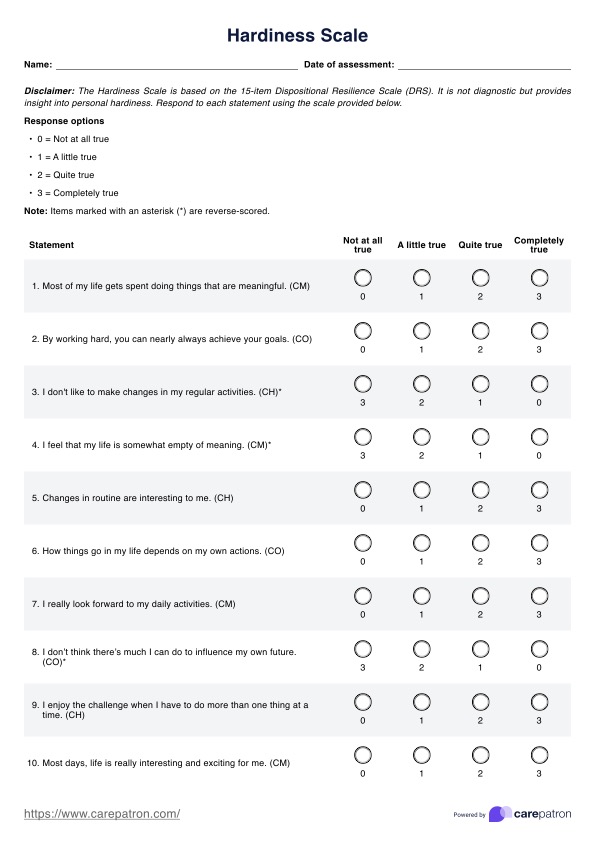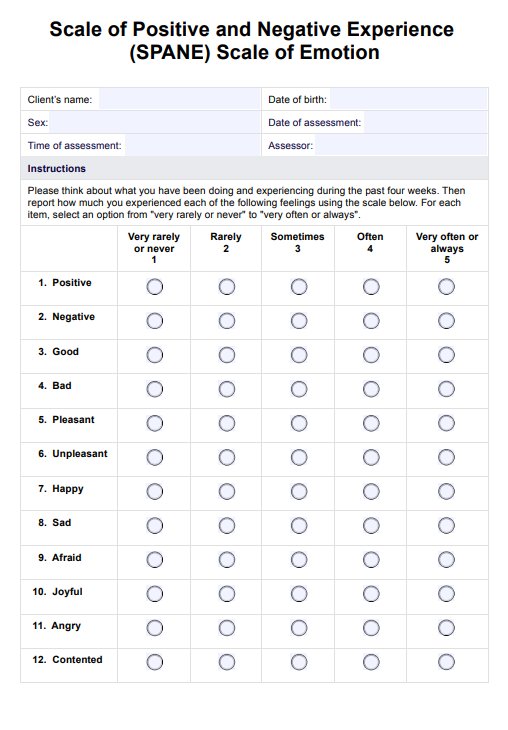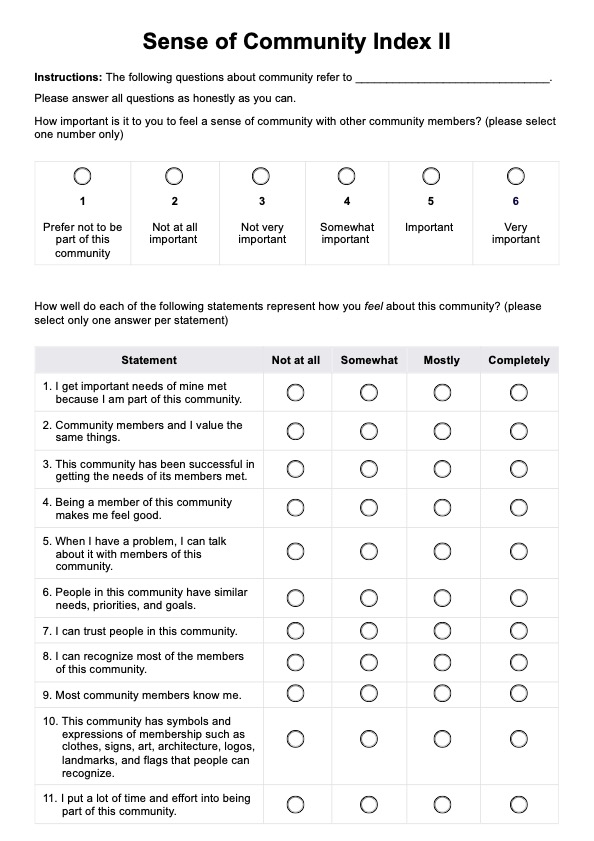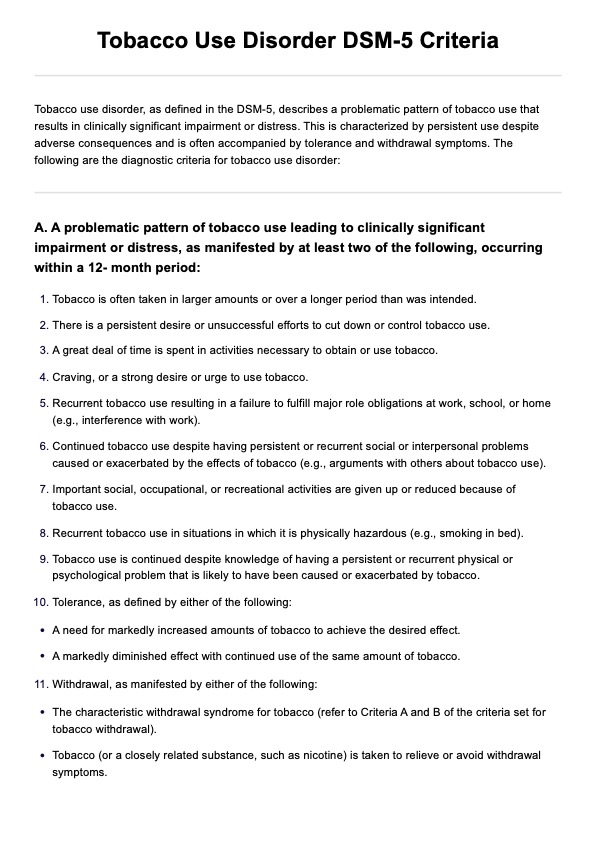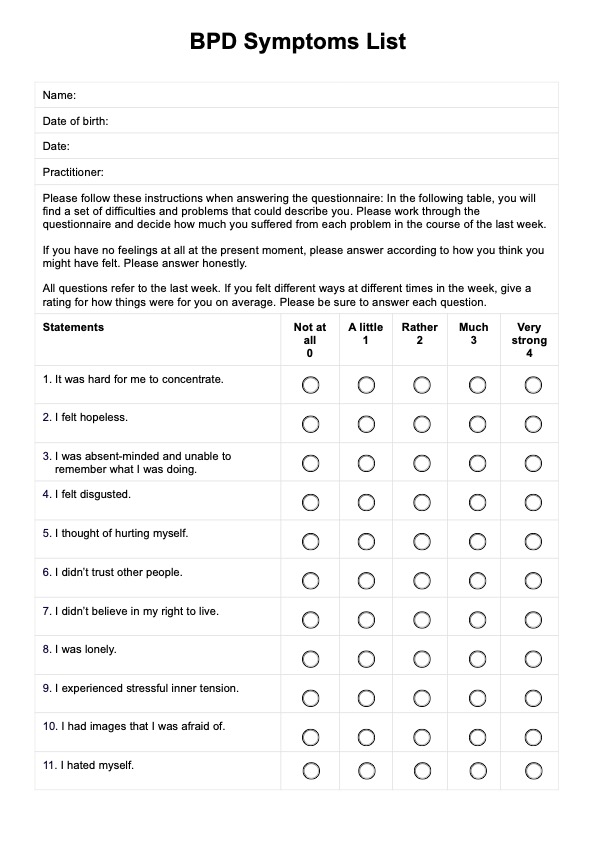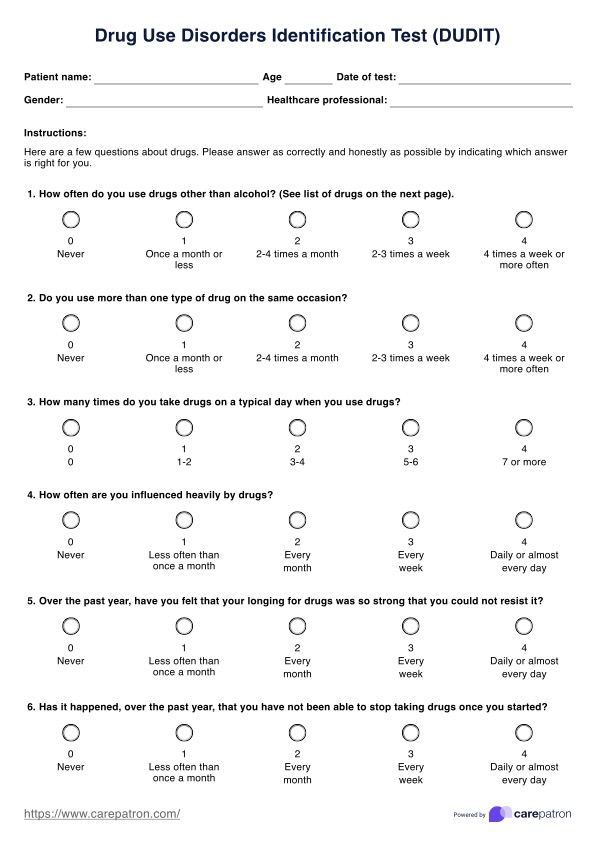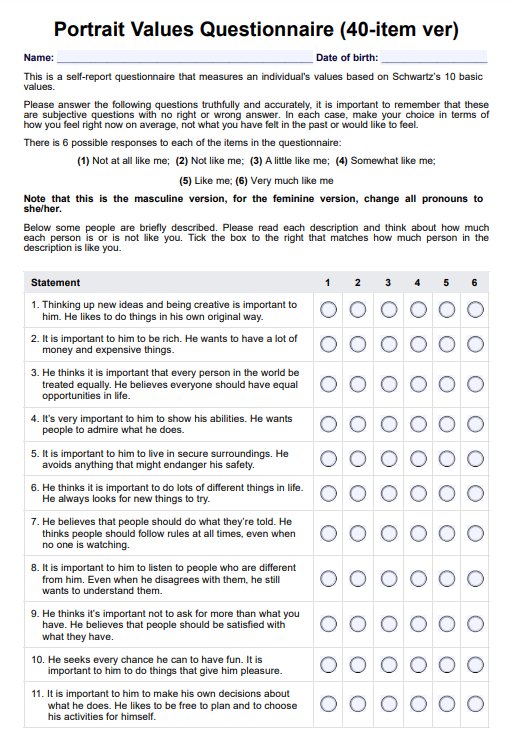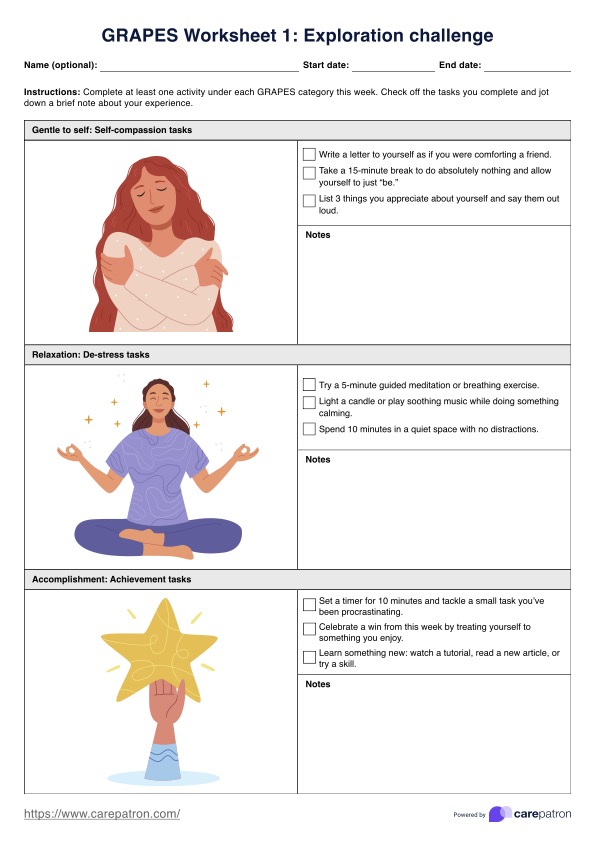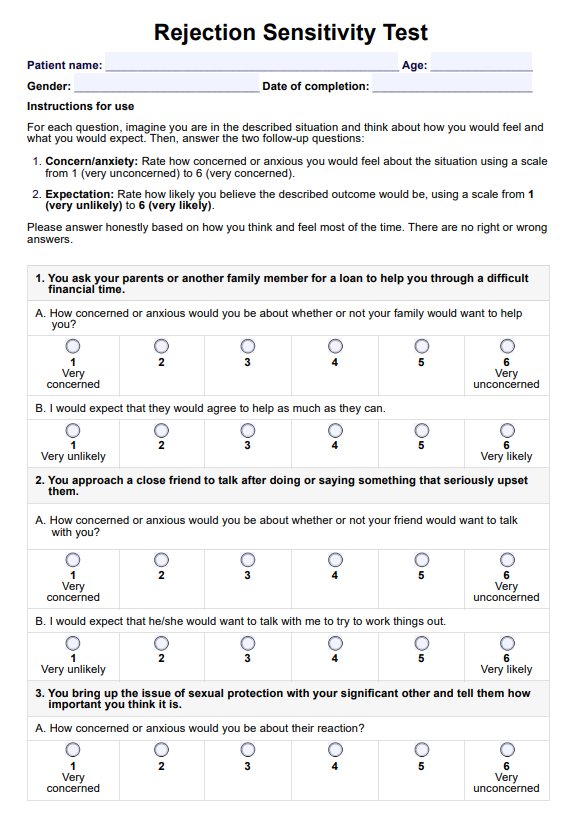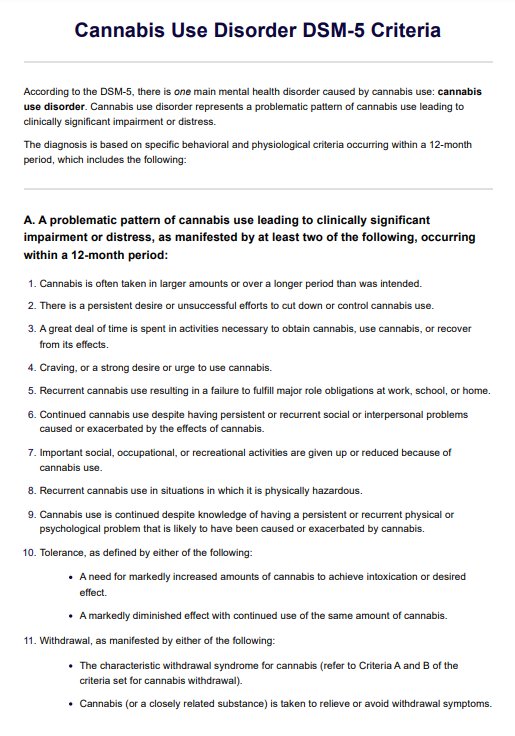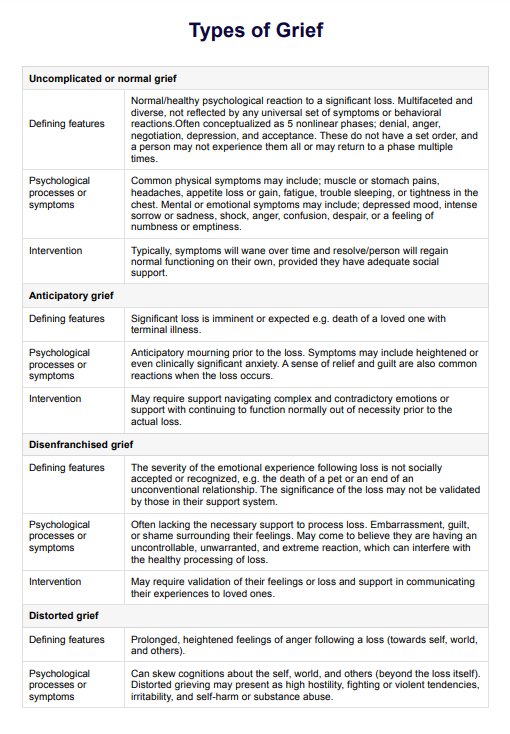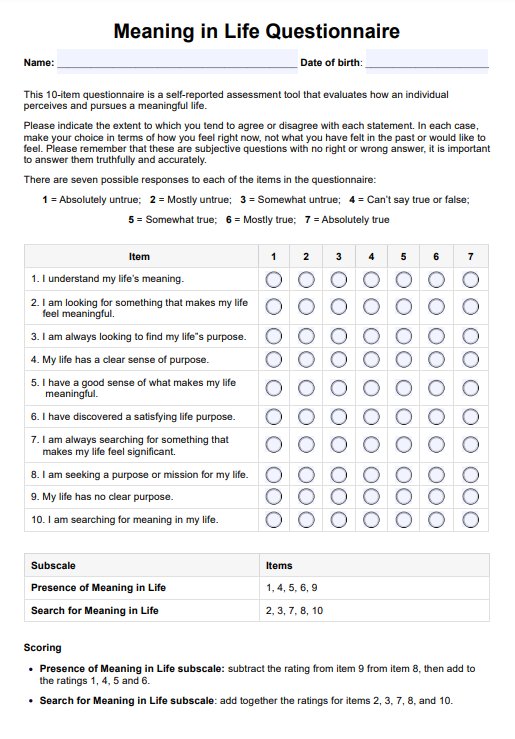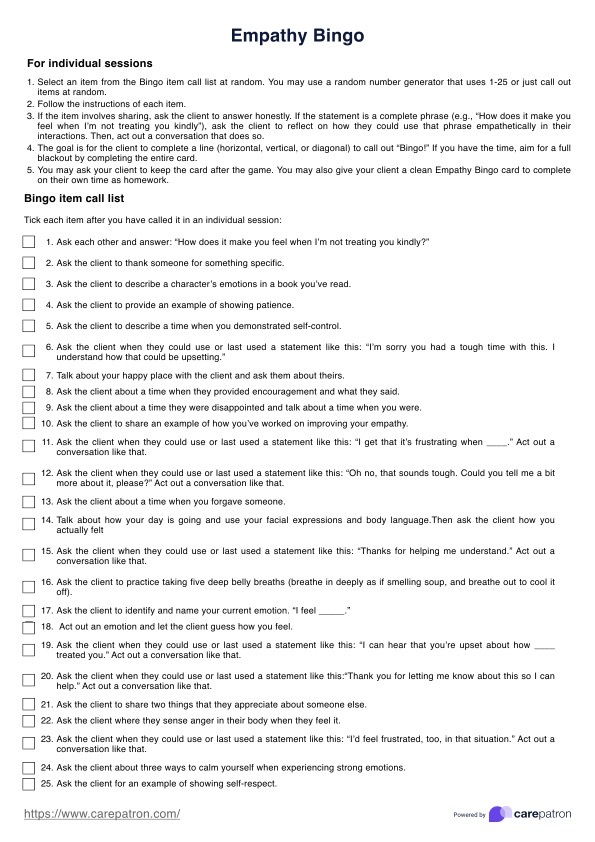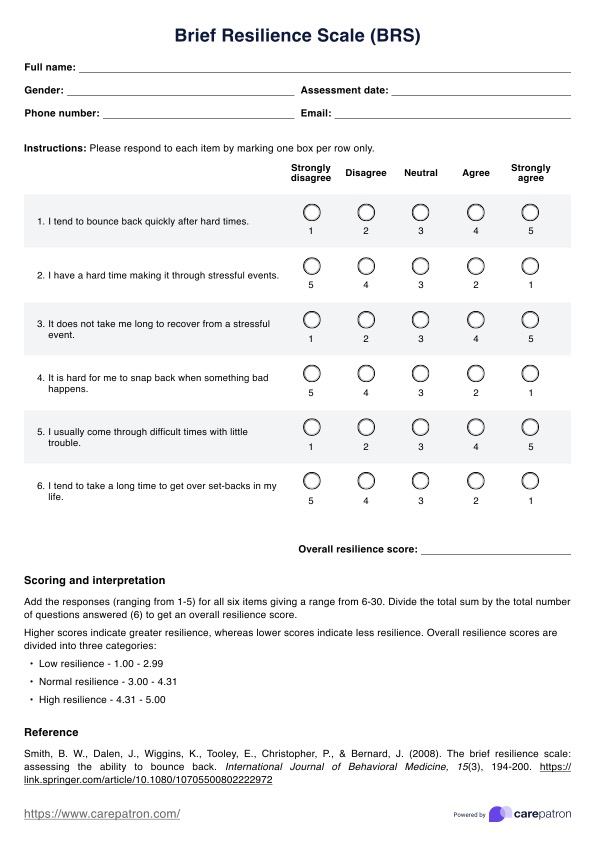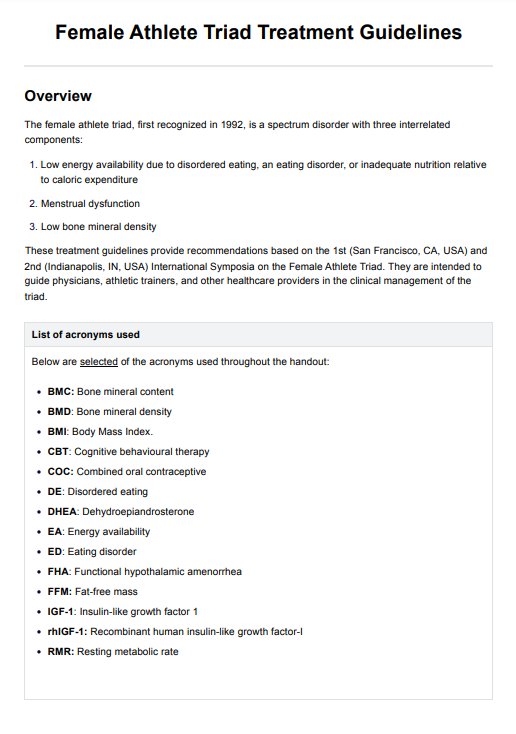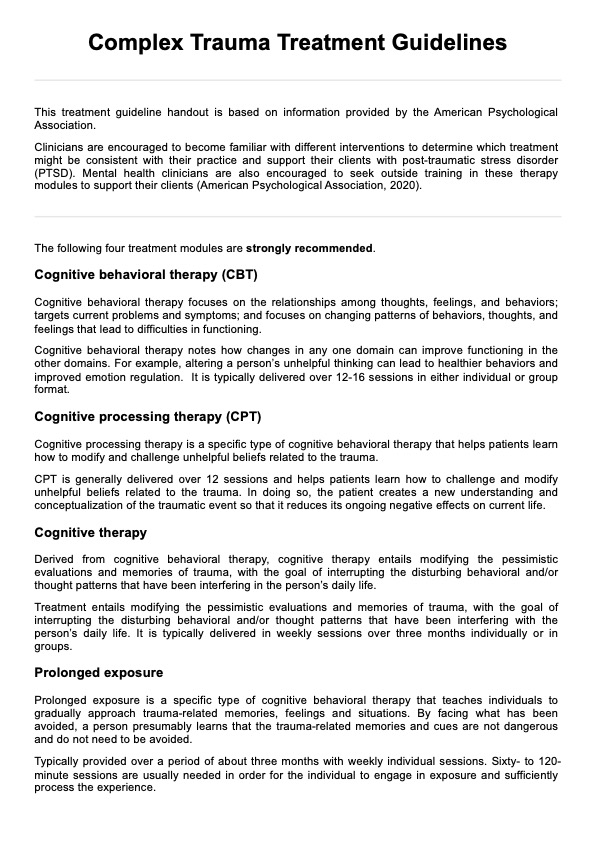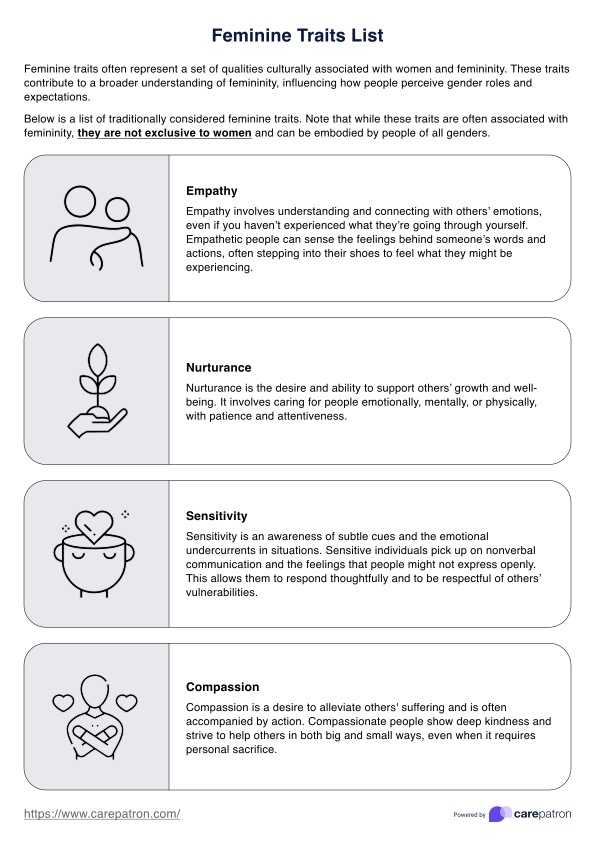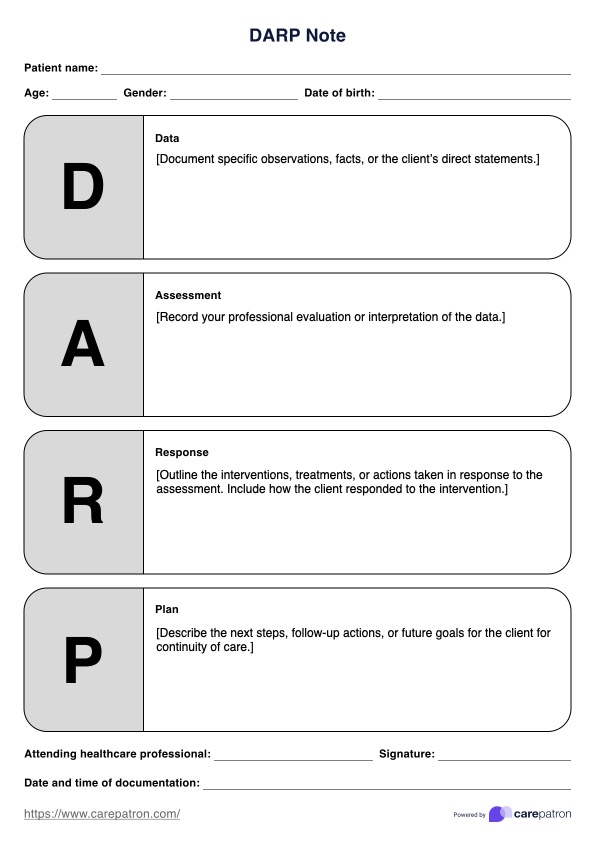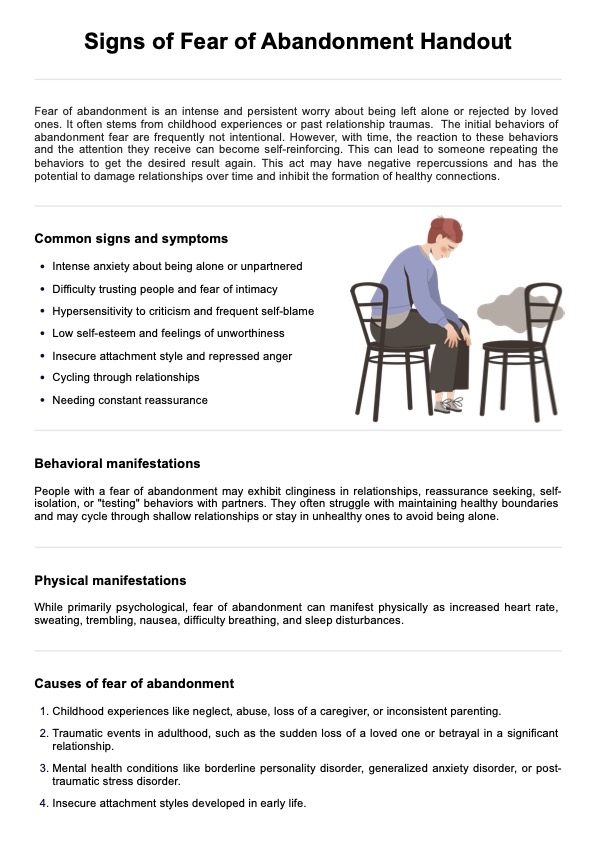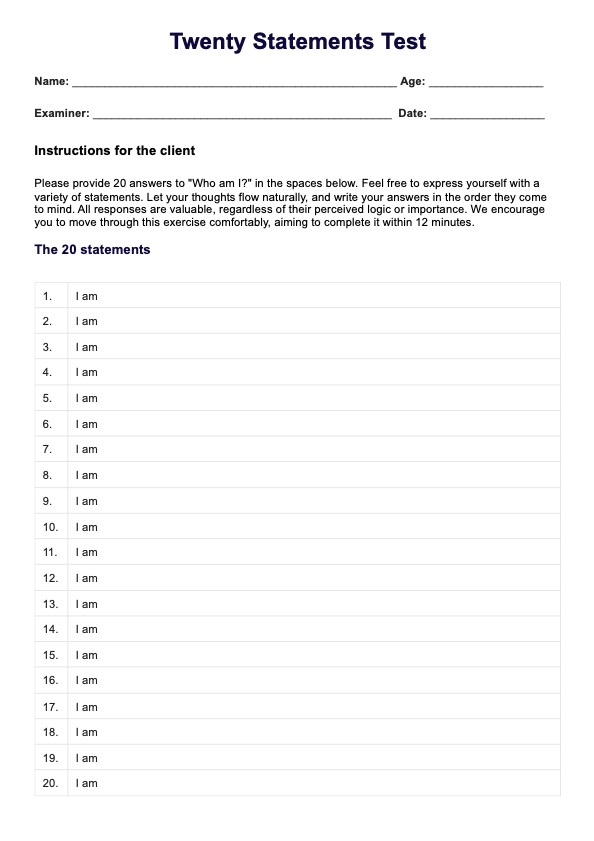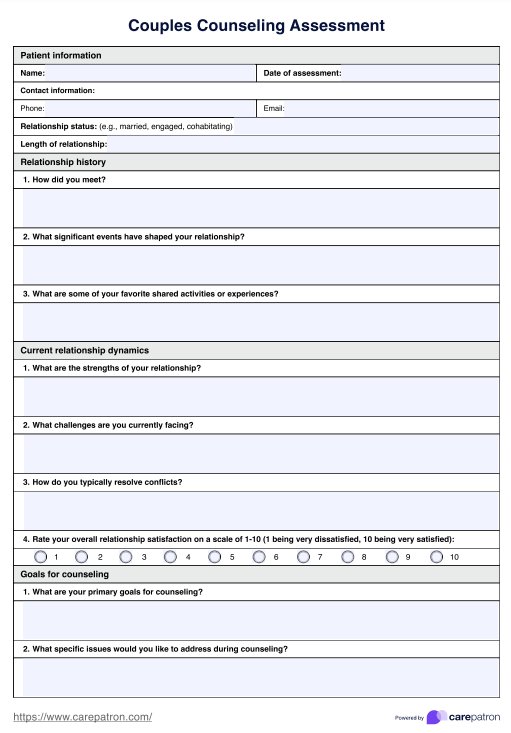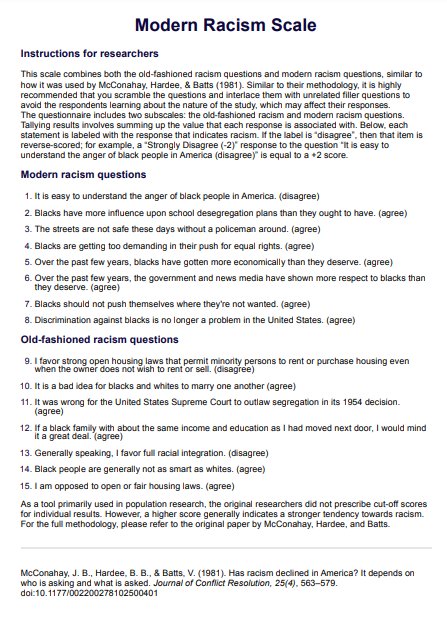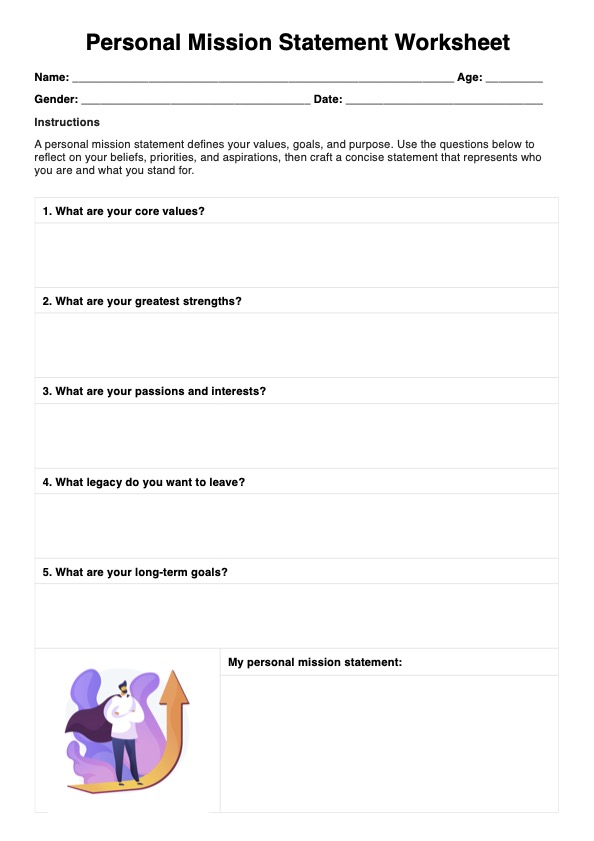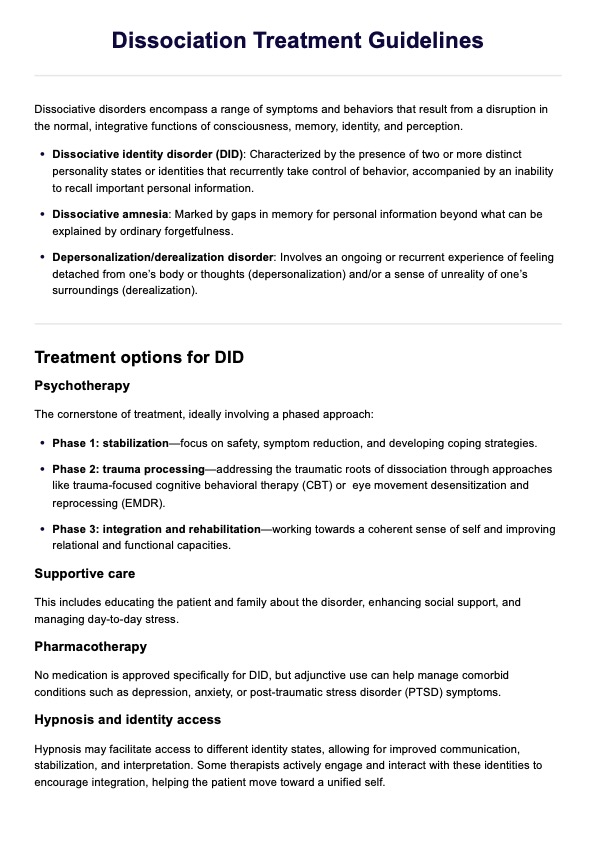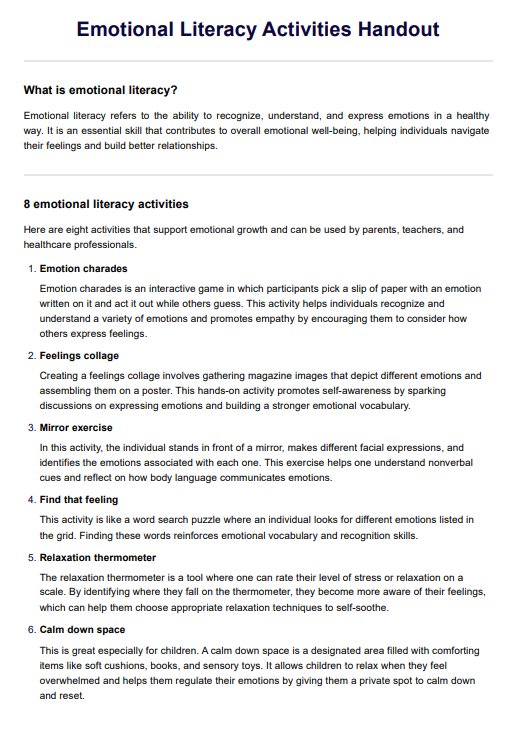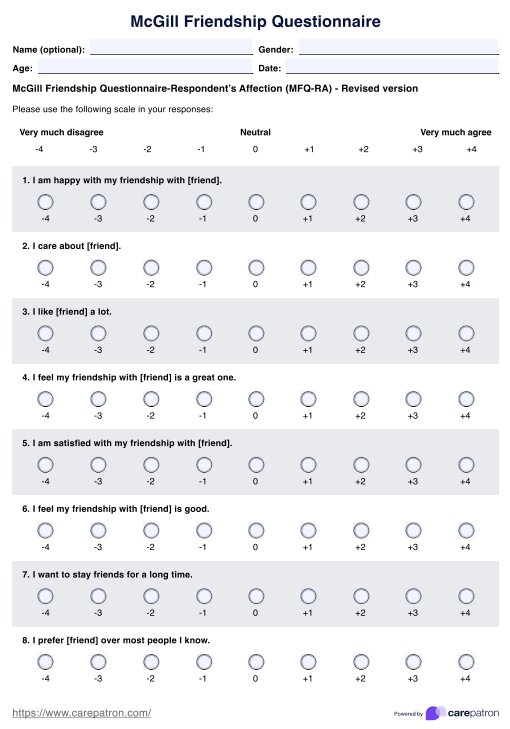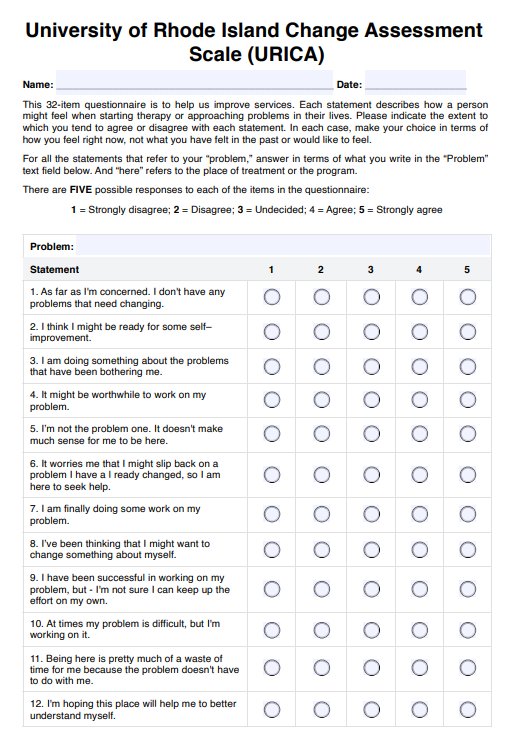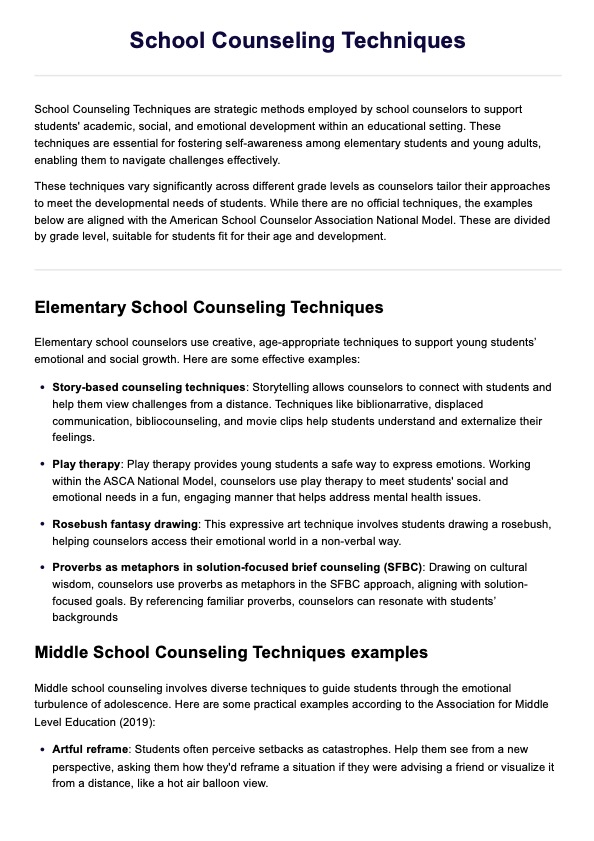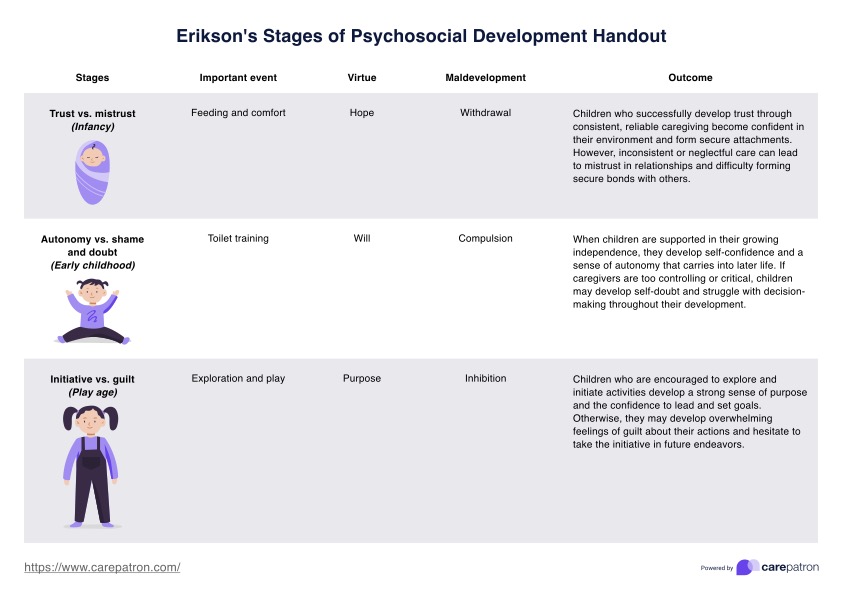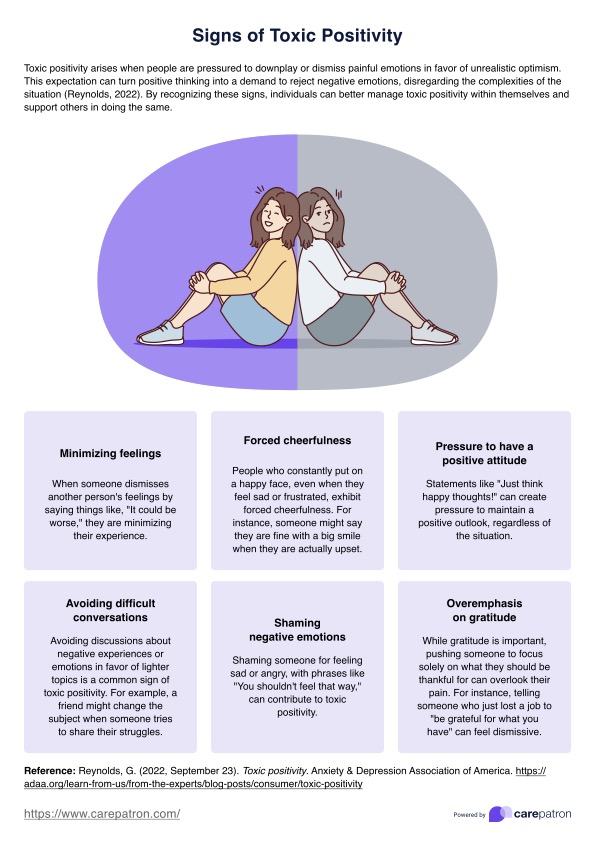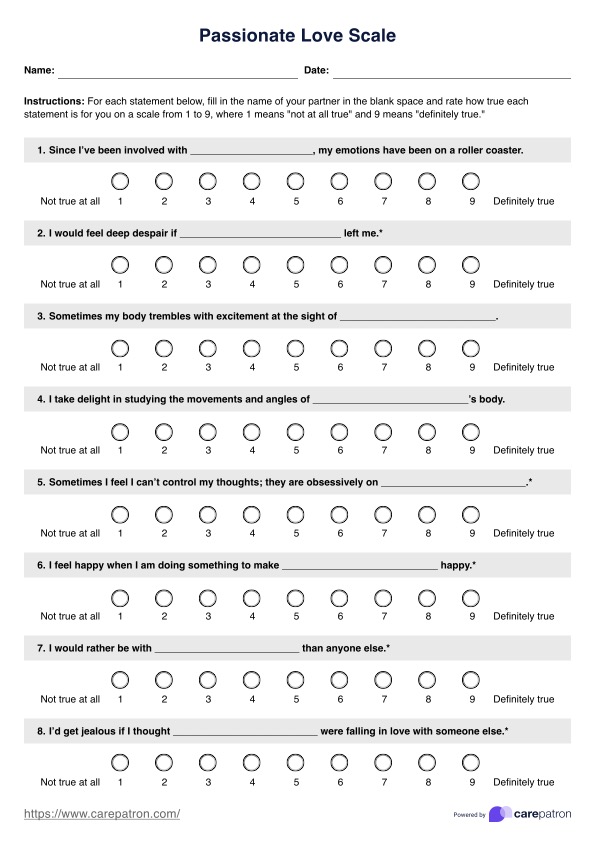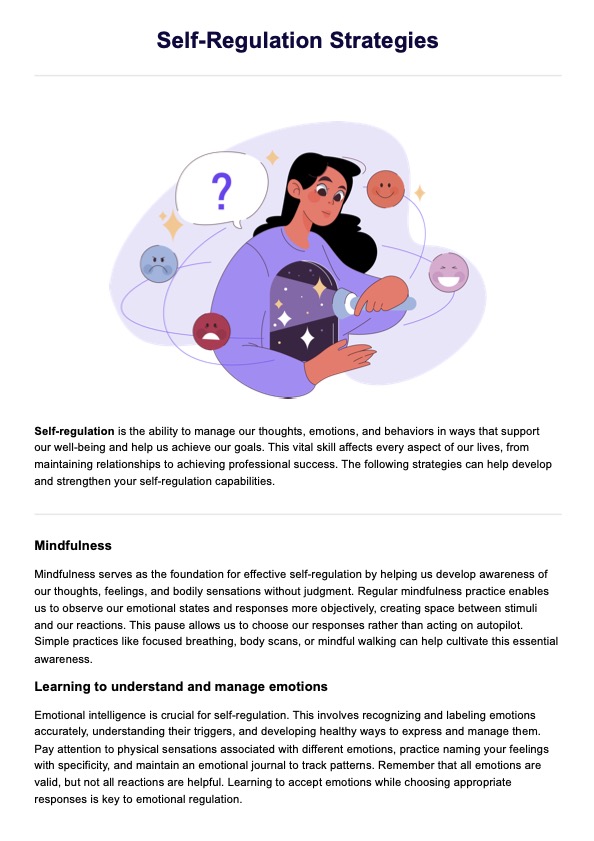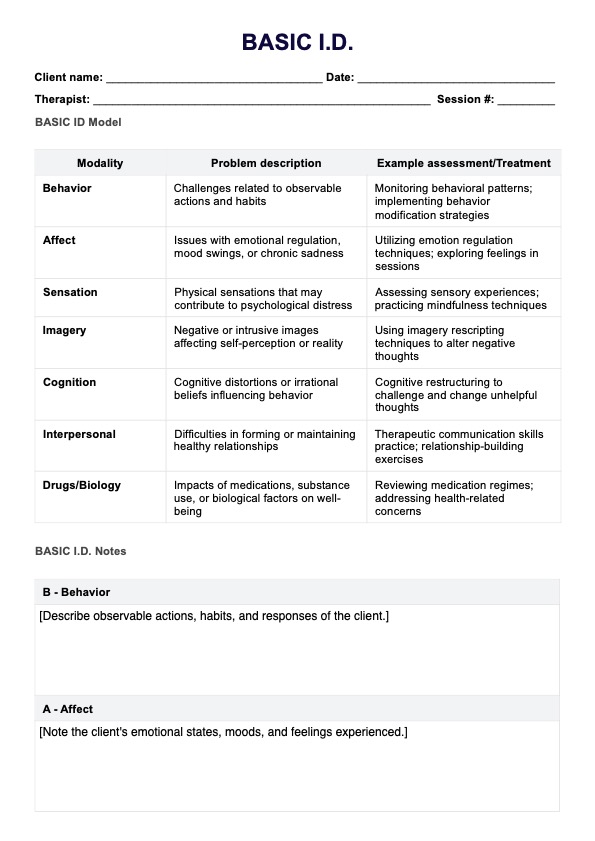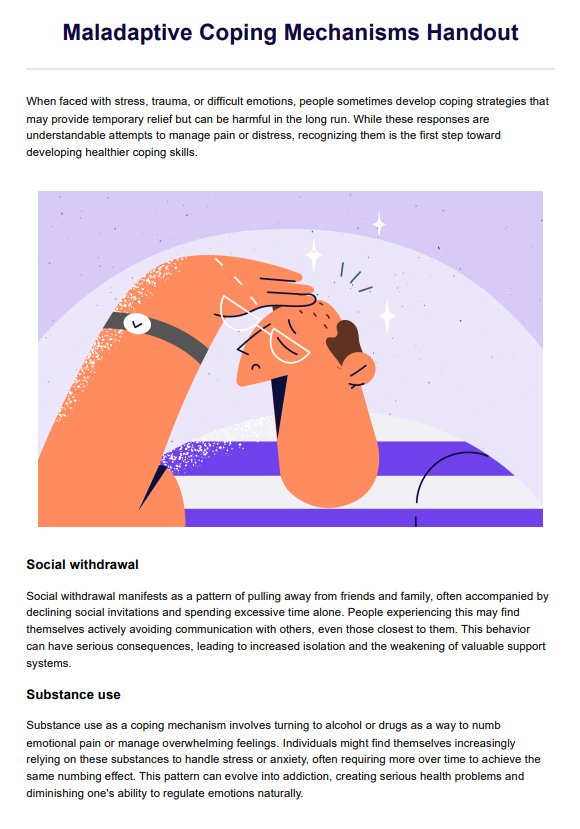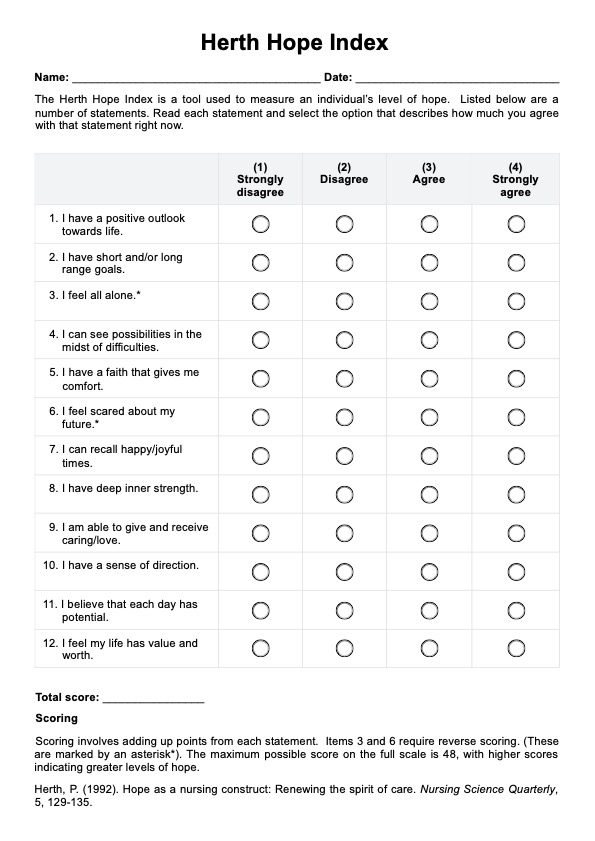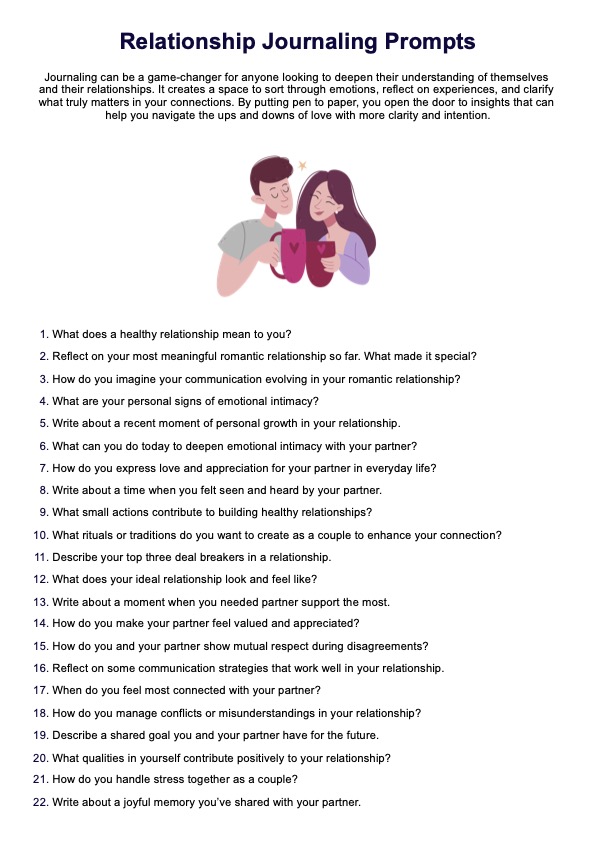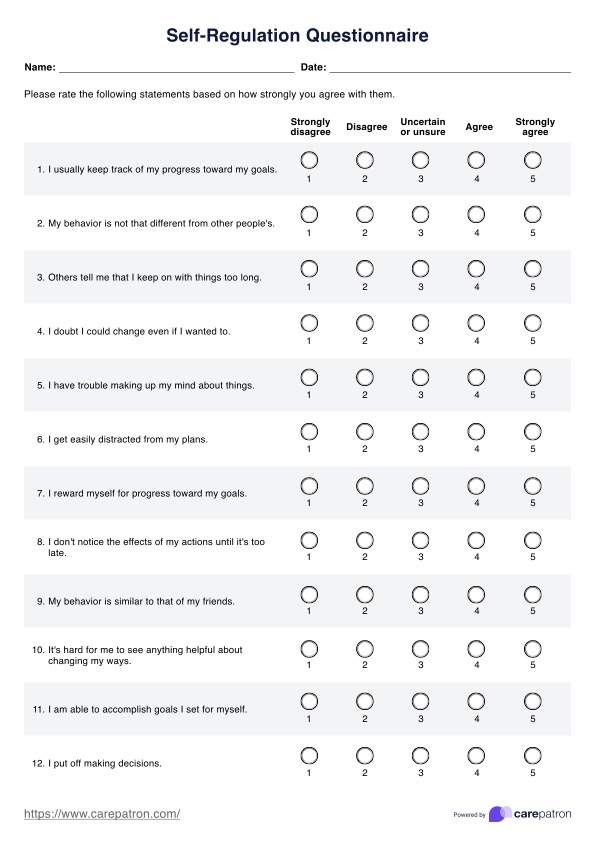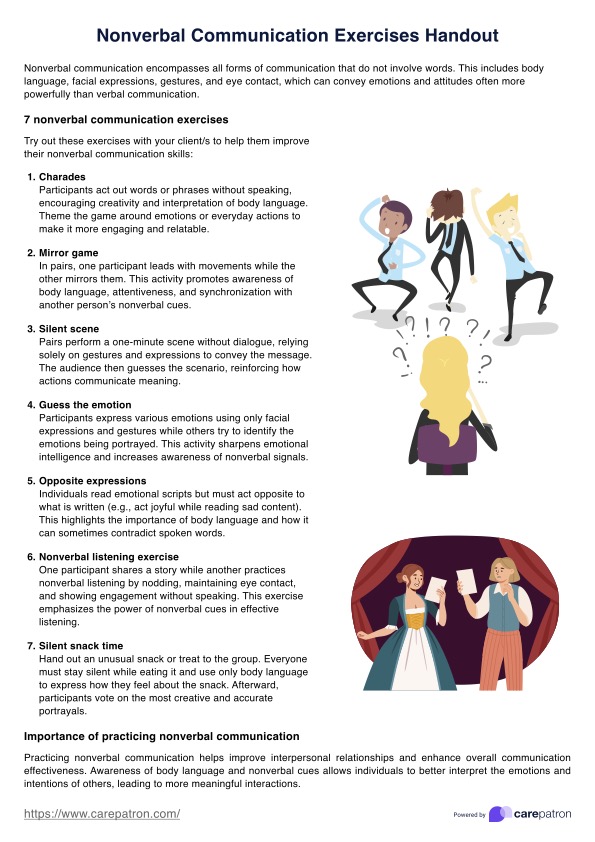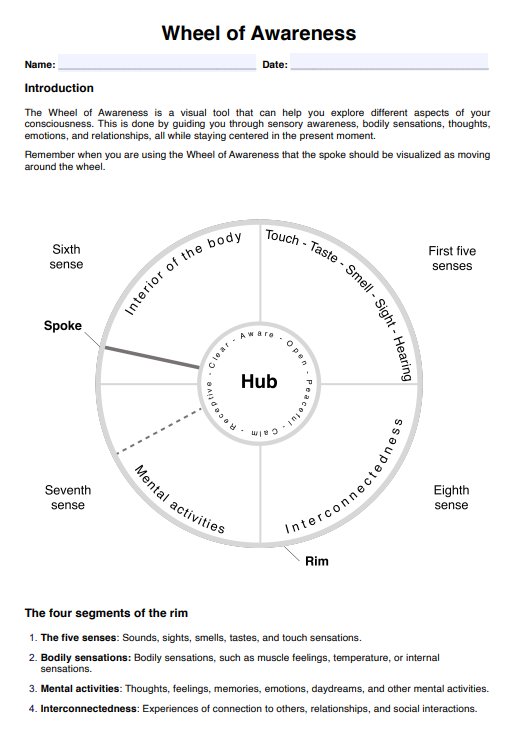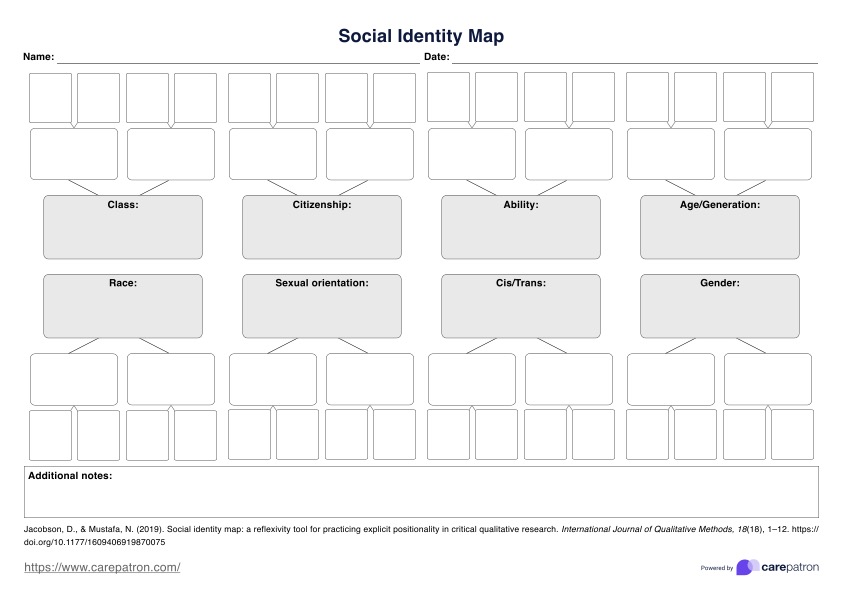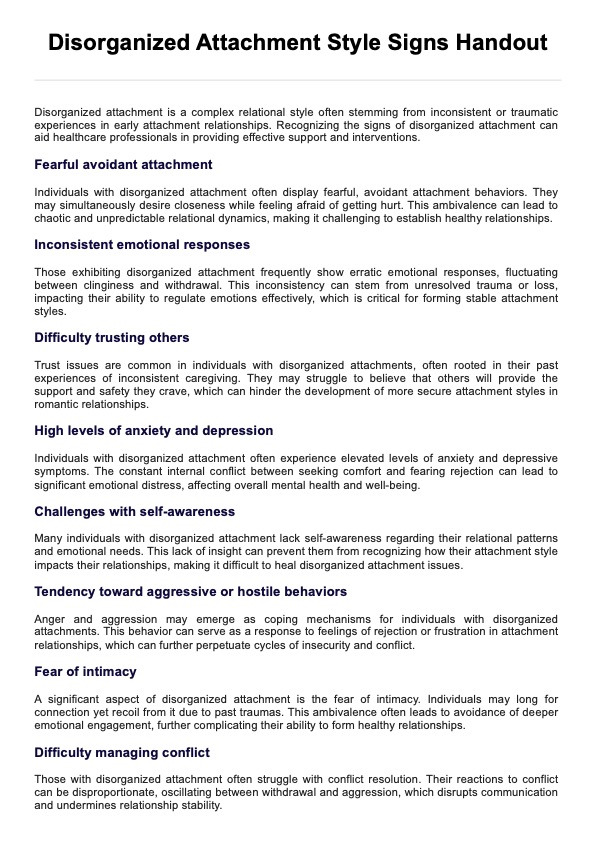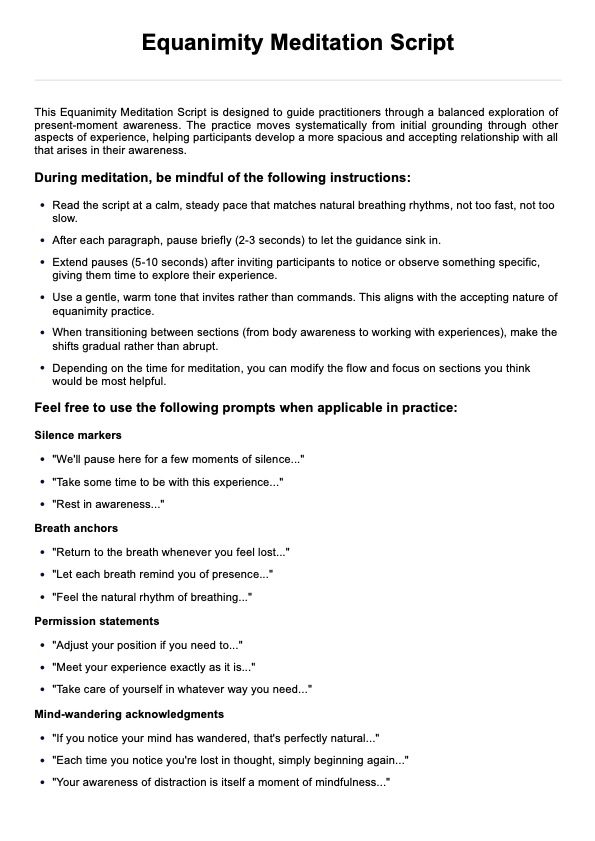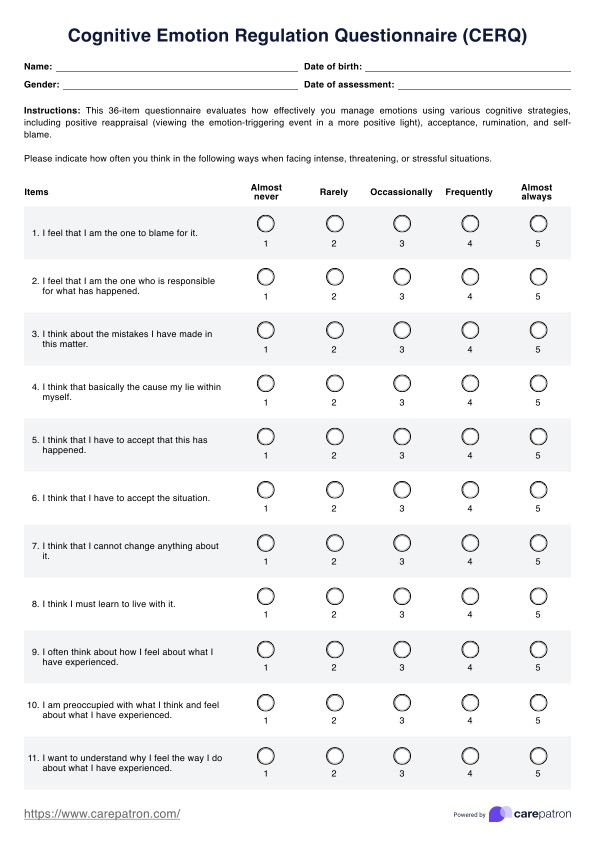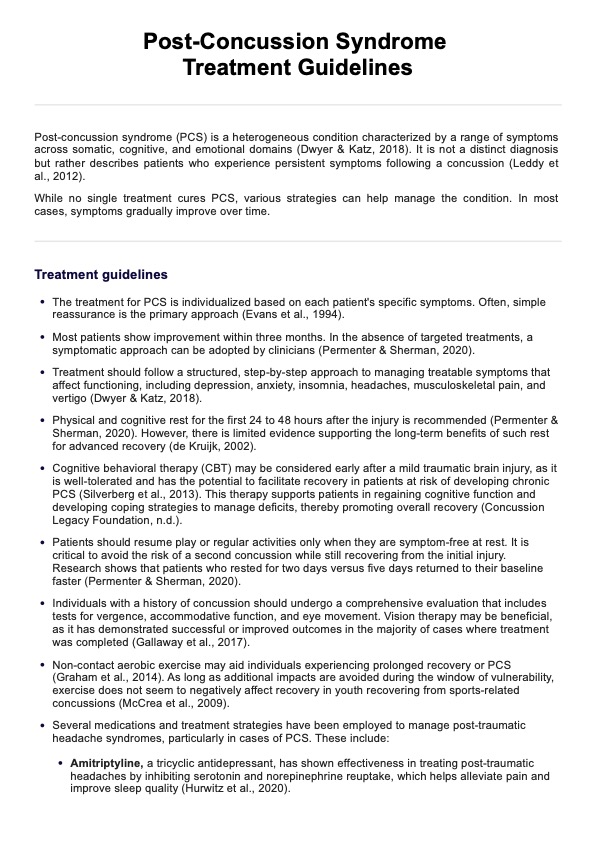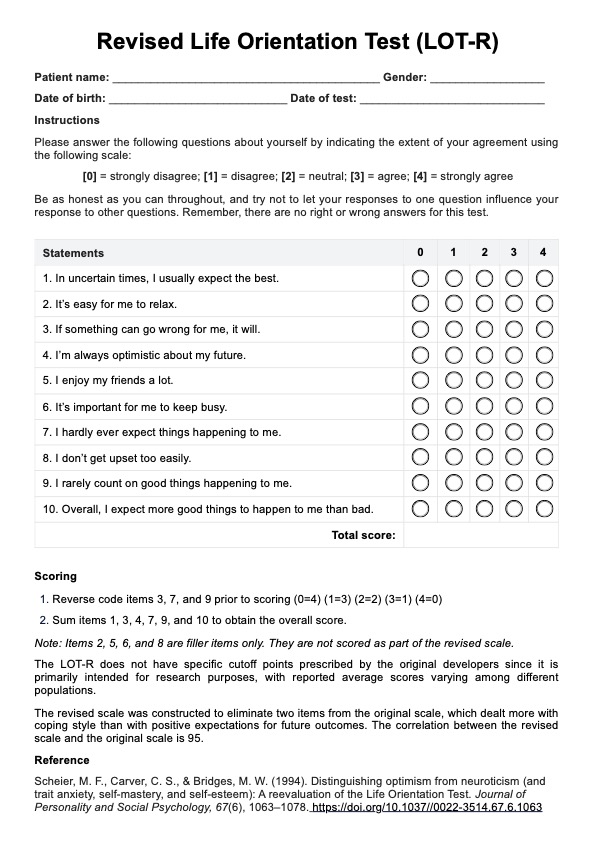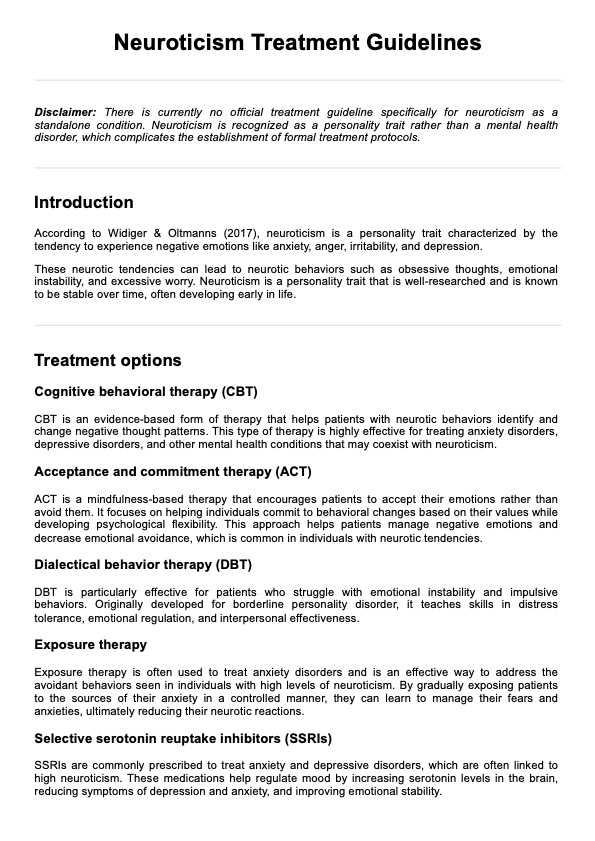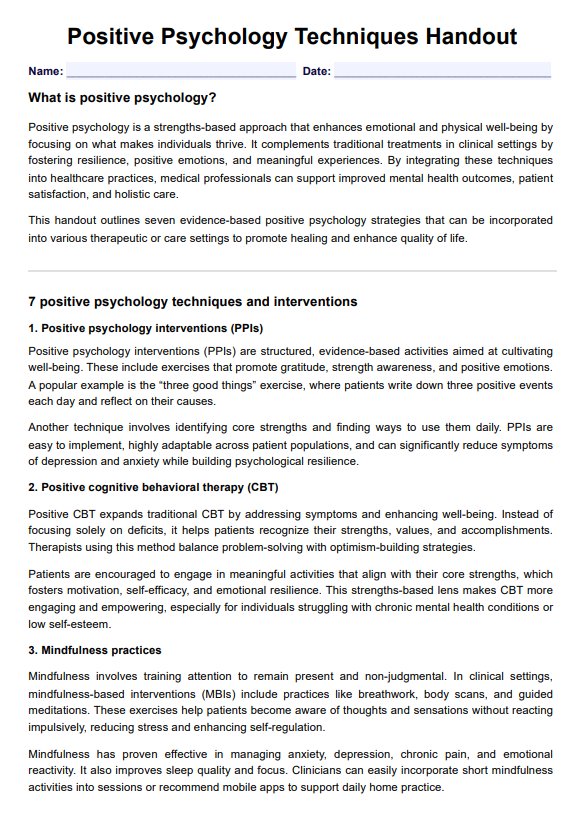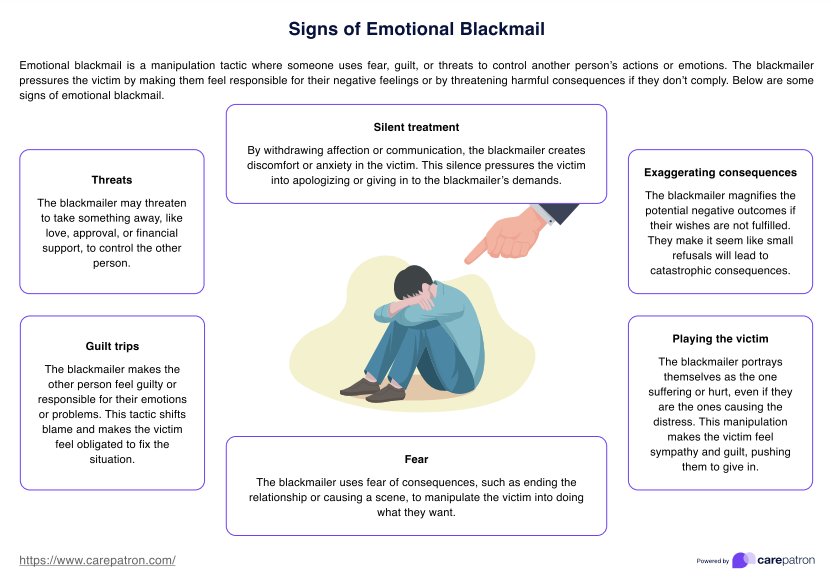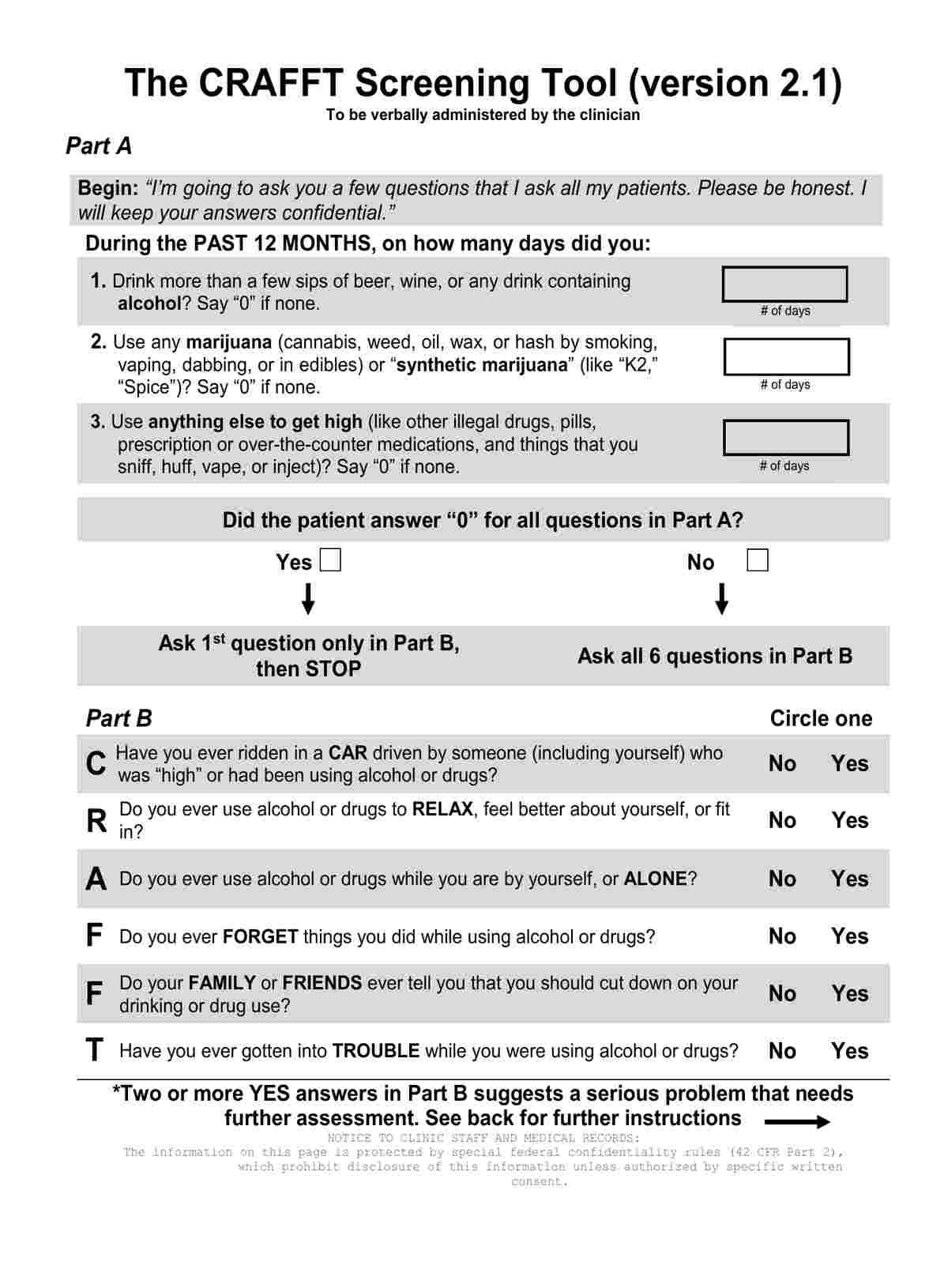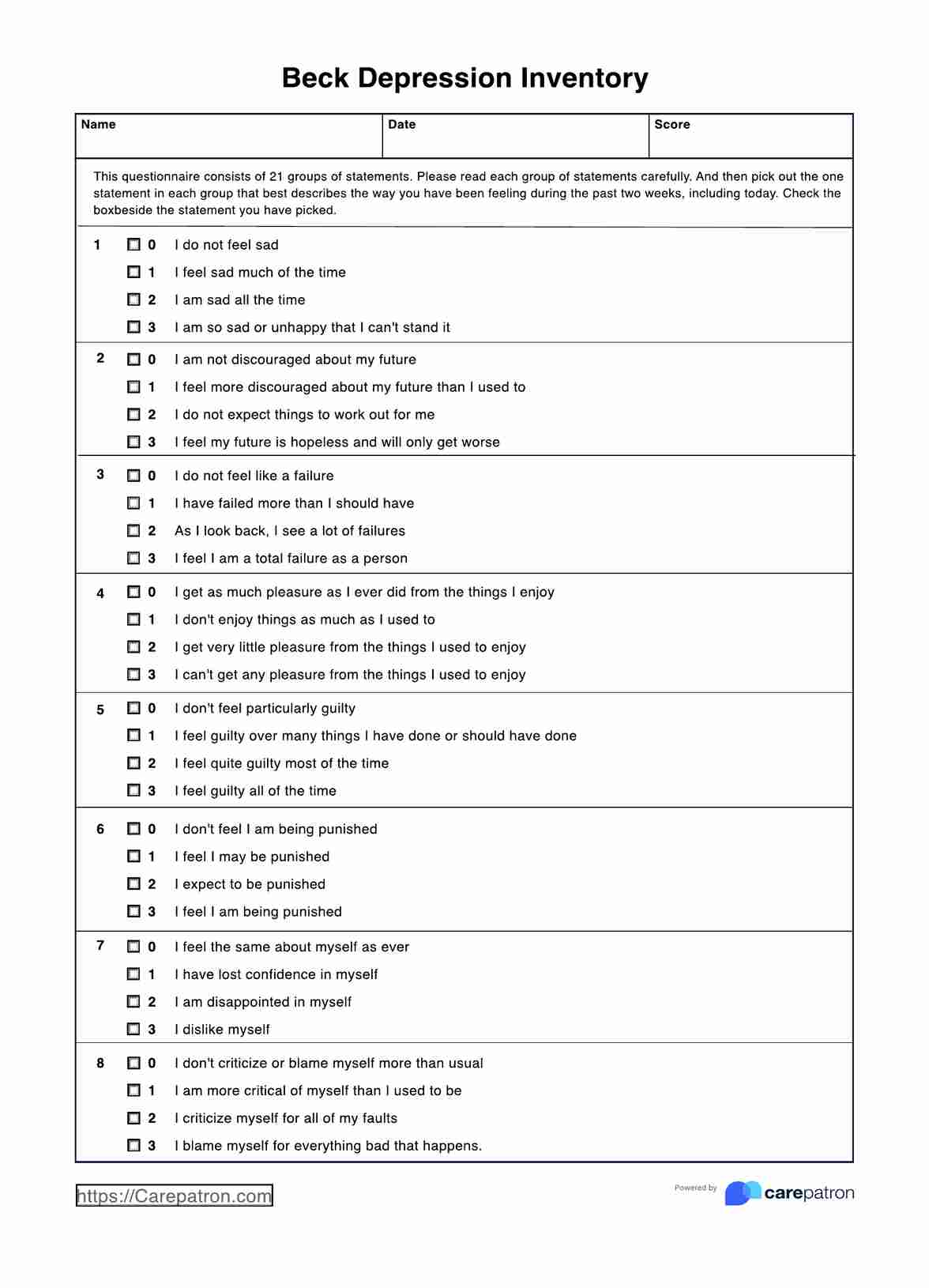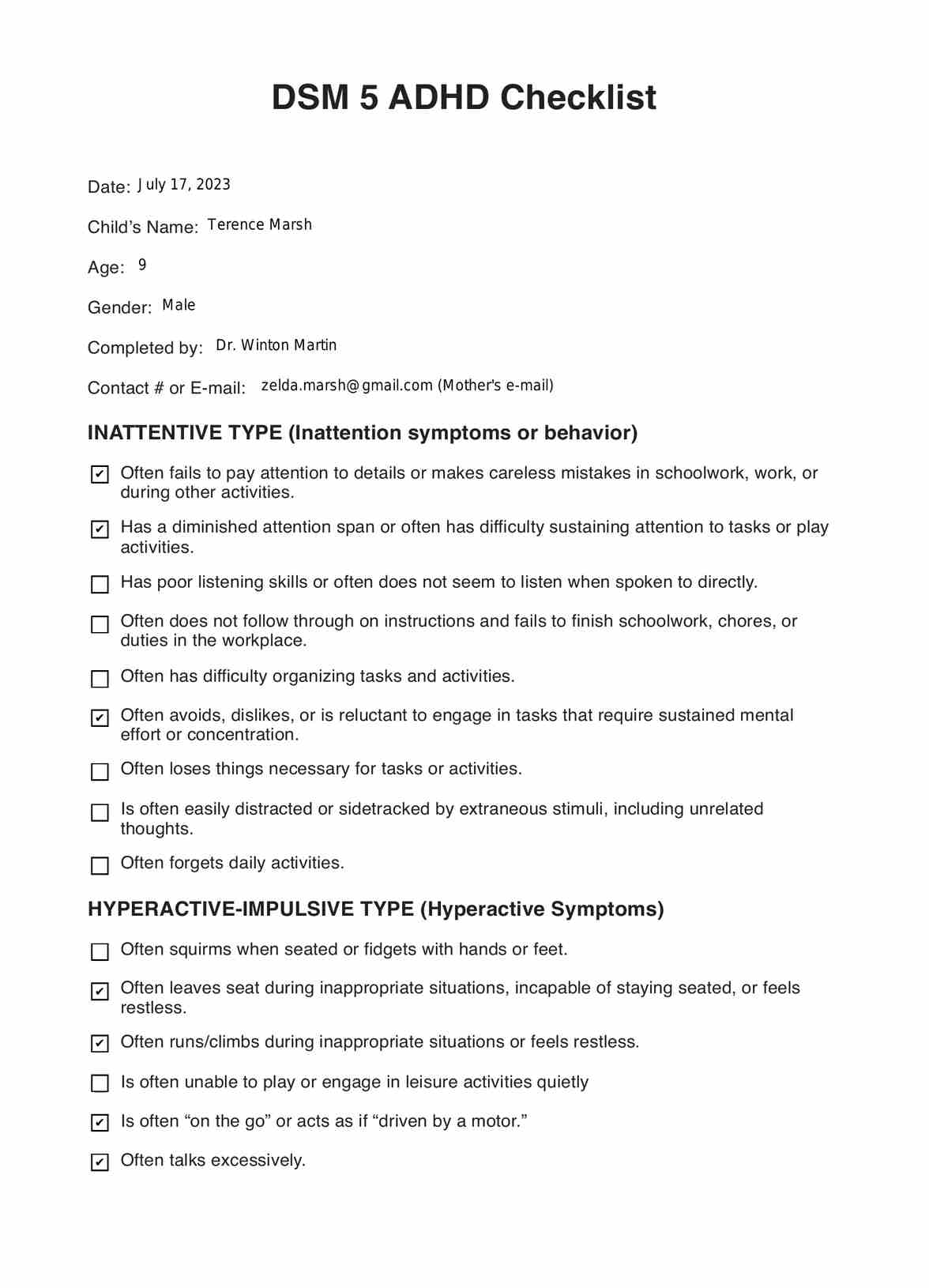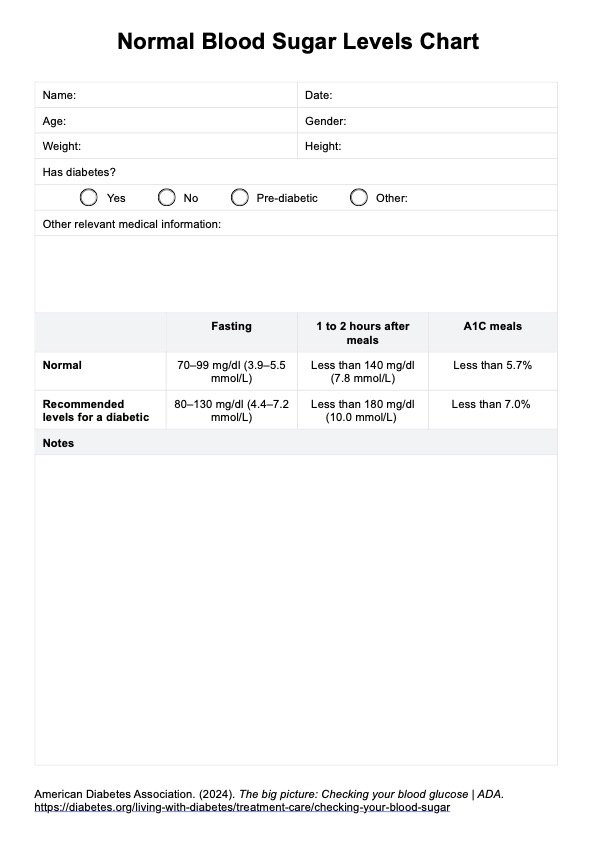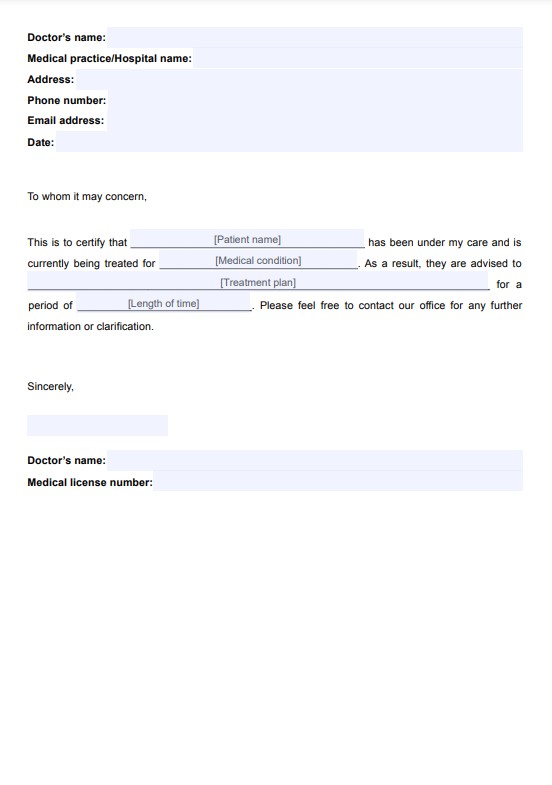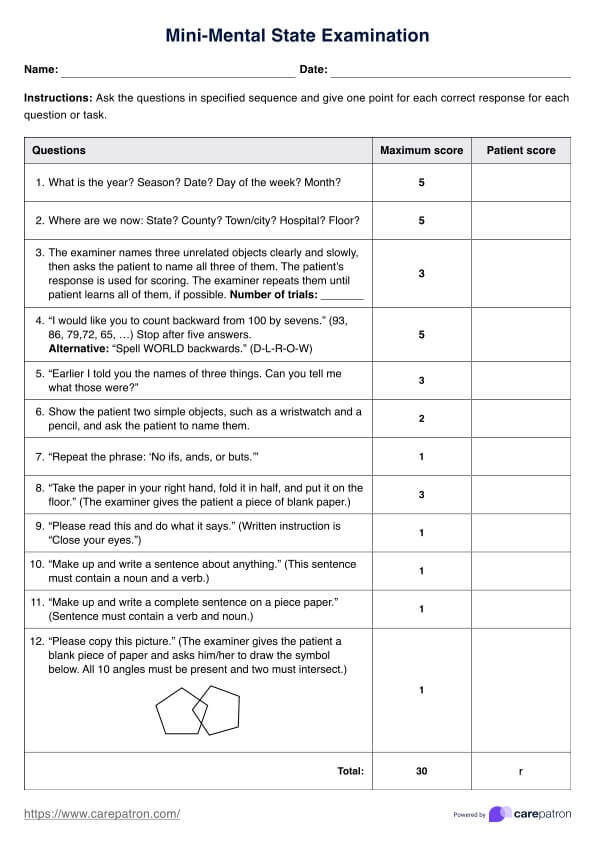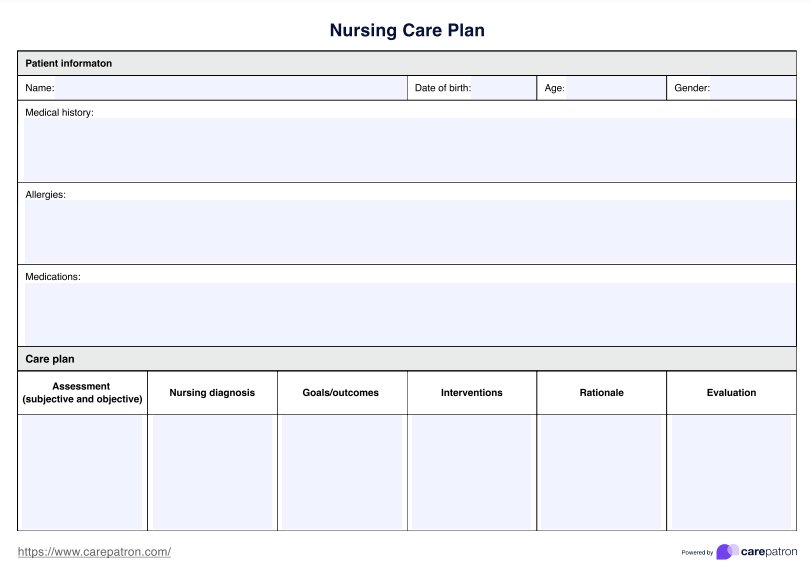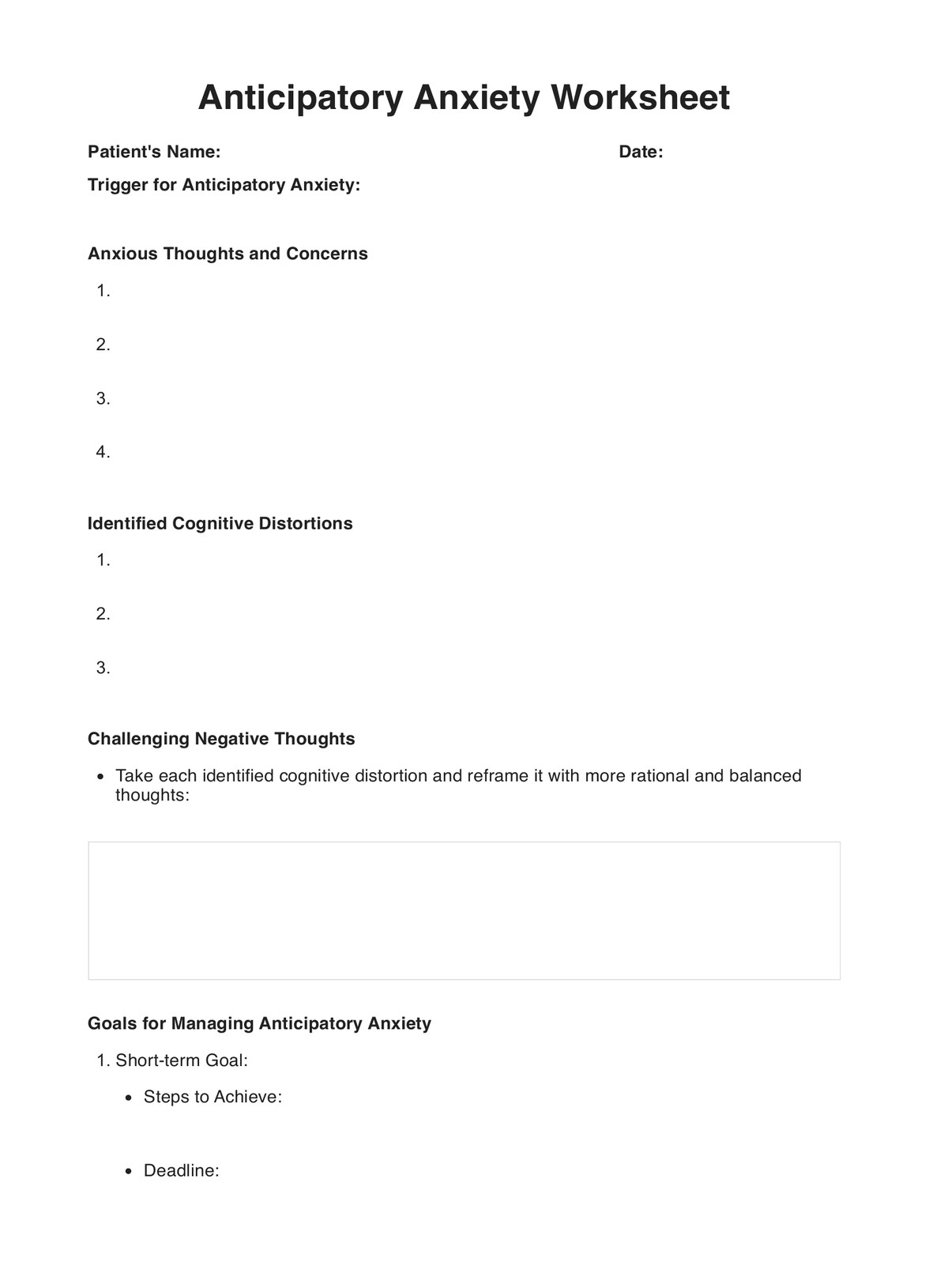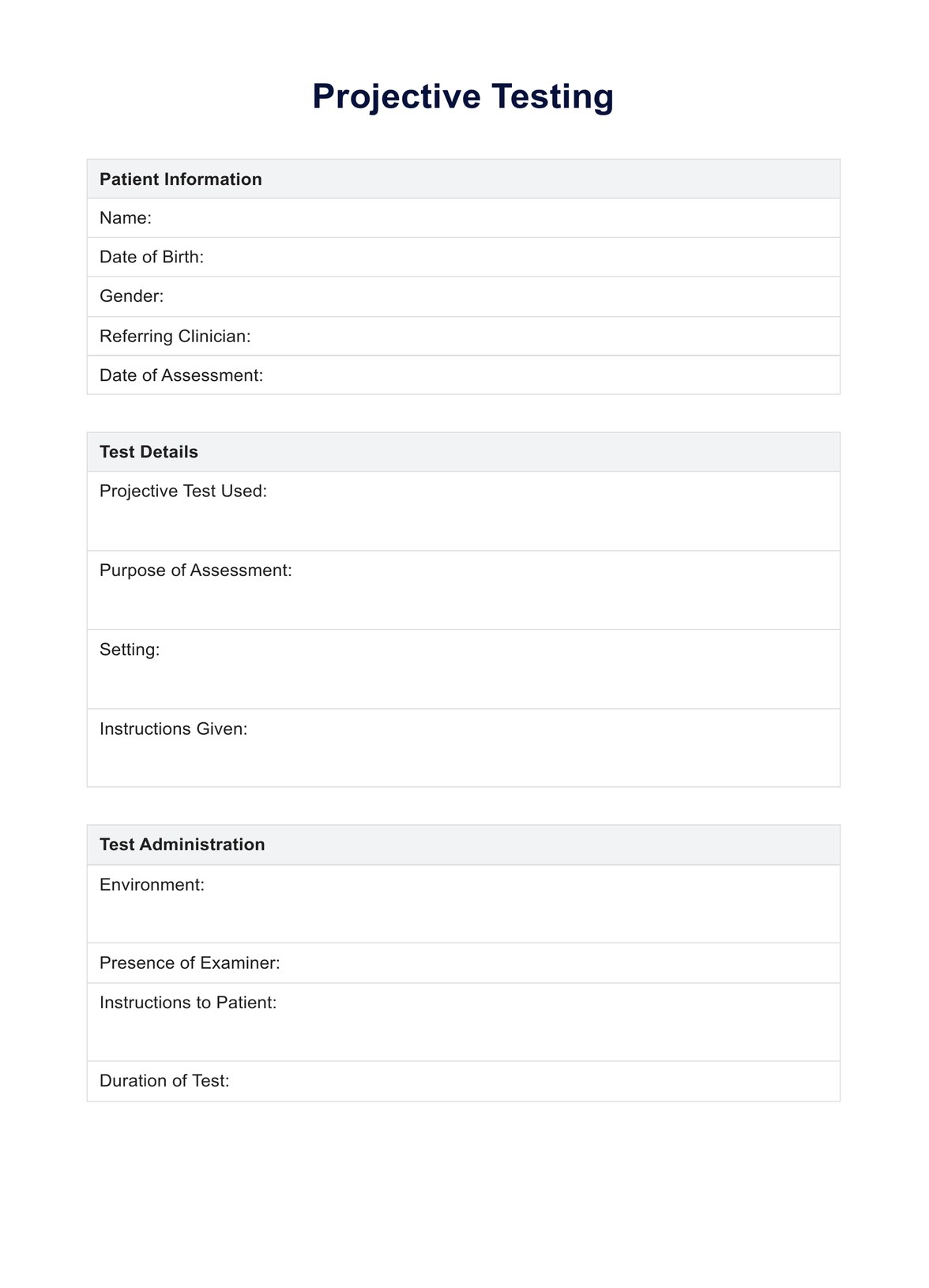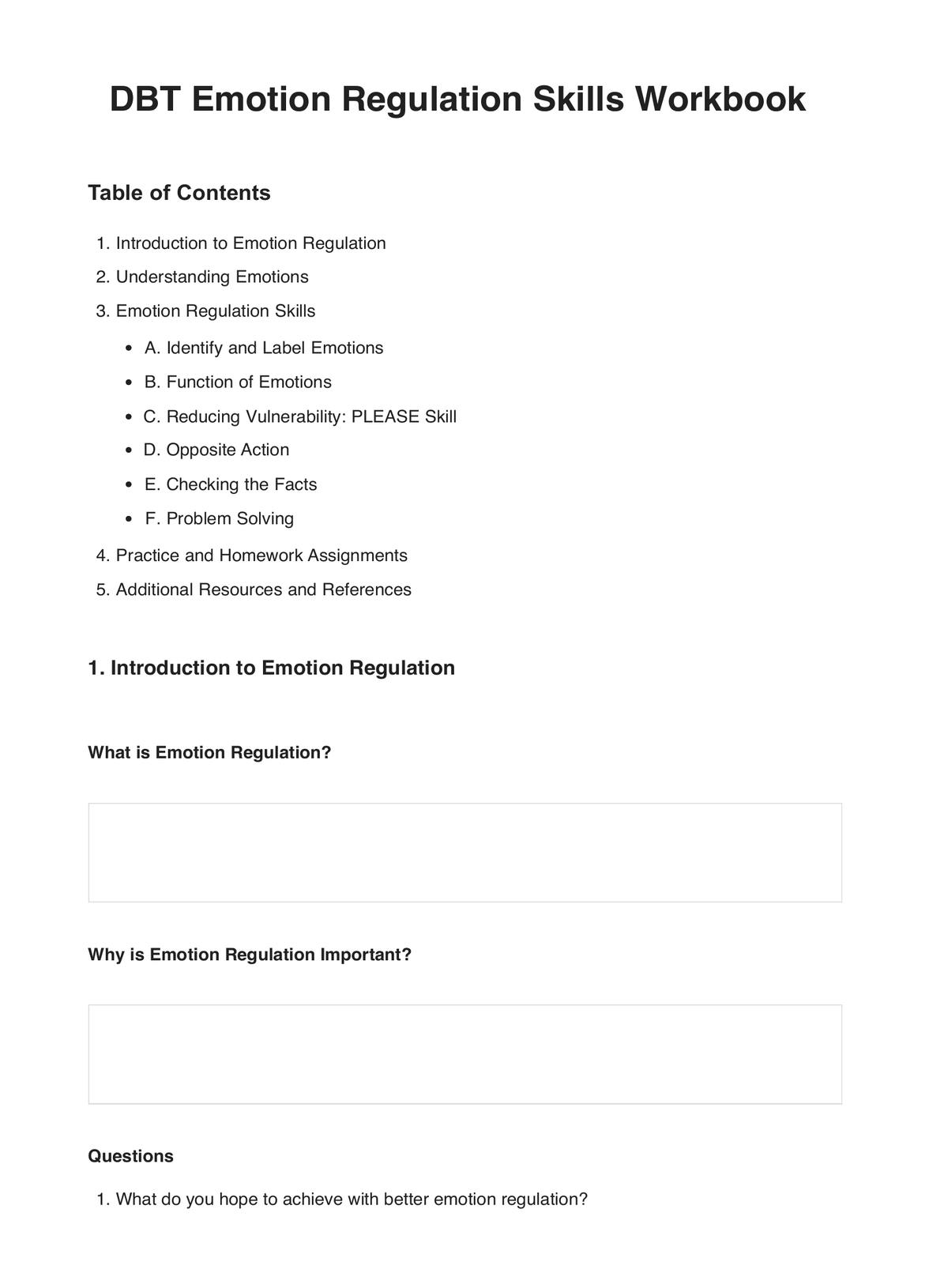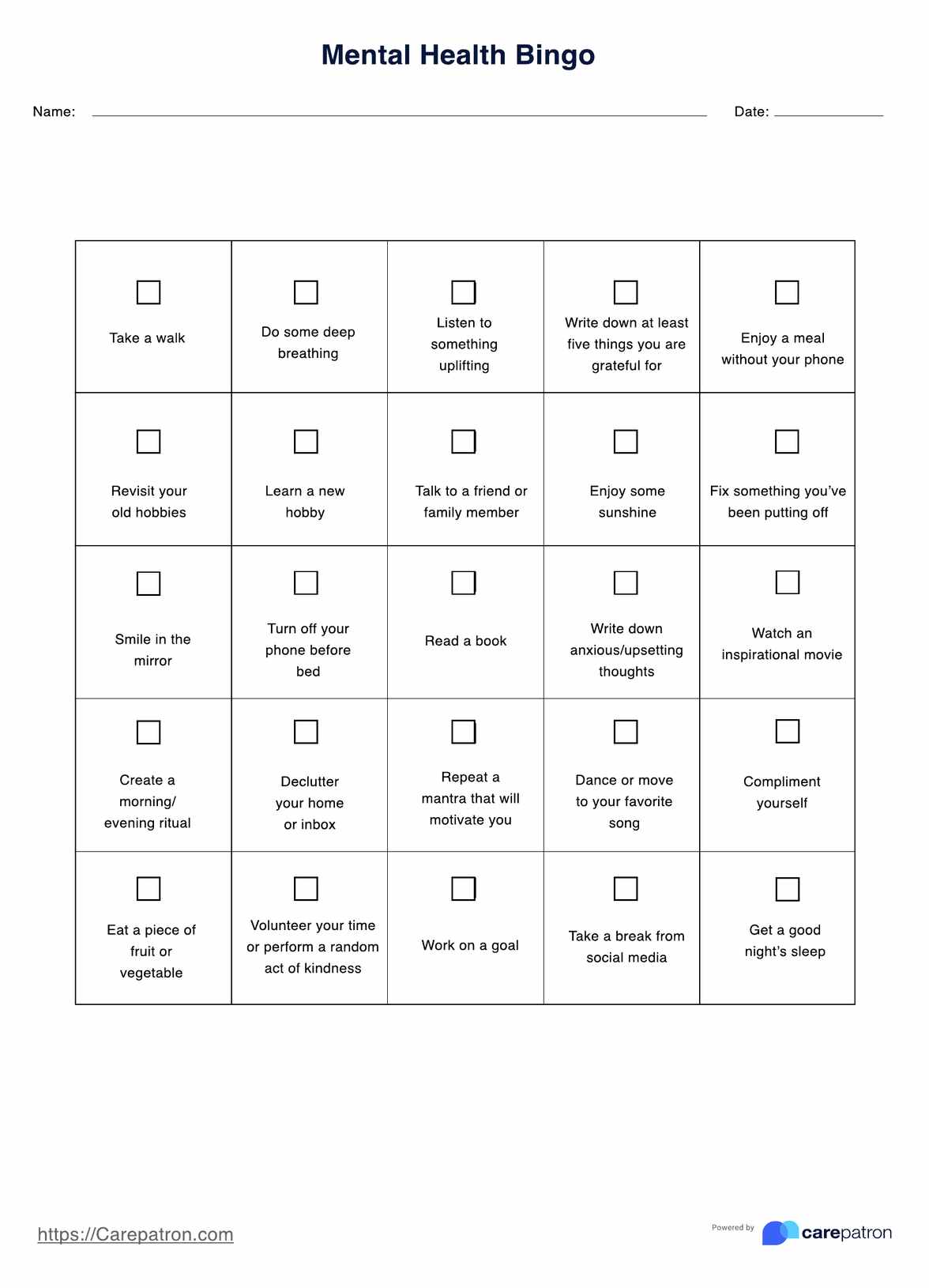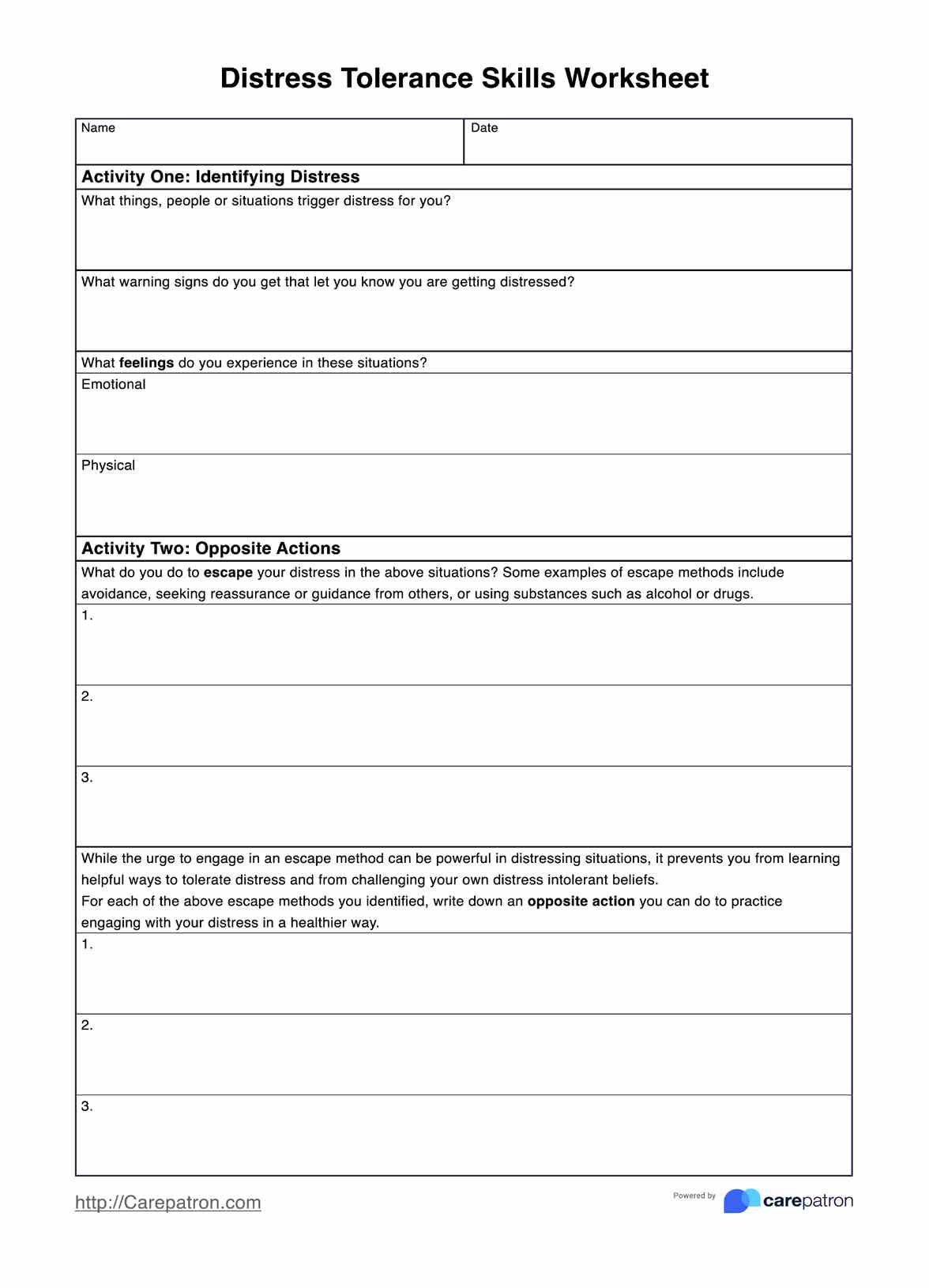EMDR Script
Access a free EMDR Script template for therapy sessions. Help clients explore past experiences and emotions with this powerful technique.


An overview of EMDR therapy
Eye movement desensitization and reprocessing (EMDR) therapy is a psychotherapeutic approach that aids individuals in processing and resolving traumatic experiences. Developed by psychologist Francine Shapiro in the late 1980s, it has since become a widely utilized method for trauma treatment.
In clinical practice, an EMDR therapist follows a specific protocol consisting of eight phases to implement EMDR therapy. These phases serve as a guide for both therapist and client throughout the entire treatment process. They include (American Psychological Association, 2023):
- History and treatment planning
- Preparation
- Assessment
- Desensitization
- Installation
- Body scan
- Closure
- Reevaluation
Each phase holds a distinct purpose and may involve various techniques or interventions, such as eye movements, tapping, or auditory tones. Collaboratively, the therapist and client identify the targeted traumatic memories or events for treatment. It is also to establish a safe and supportive environment for processing both negative and positive cognitions.
Research has shown that EMDR therapy is effective in treating post-traumatic stress disorder (PTSD) and other trauma-related conditions (Shapiro, 2014; Gainer et al., 2020). For instance, several studies have reported EMDR therapy to be more rapid and more effective than trauma-focused cognitive behavioral therapy.
The therapy is based on the adaptive information processing model, which considers symptoms of PTSD and other disorders. EMDR therapy differs from other trauma-focused treatments in that it does not include extended detailed descriptions of the trauma, challenging dysfunctional beliefs, or homework assignments (American Psychological Association, 2017).
EMDR Script Template
EMDR Script Example
What is an EMDR Script?
An EMDR Script serves as a helpful guide for you to navigate the eight phases of treatment. It includes prompts, instructions, and specific language to ensure comprehensive coverage of the treatment process and adherence to the appropriate protocol.
While an EMDR session may appear spontaneous and flexible, having a script instills a sense of safety and predictability and reduces client anxiety. Moreover, it allows you to customize the language and prompts to address each client's unique needs and preferences.
EMDR Scripts come in many forms and employ cognitive interweaves, breathing, or bridging techniques. You may also incorporate modifications based on the client's age, cultural background, and readiness to engage in specific interventions.
How to use Carepatron's EMDR Script template
Carepatron has created a simple EMDR Script focusing on the breathing technique, an essential component of the third phase in EMDR treatment. This script is fully digital and easy to use. Follow these steps to get started:
Step 1: Download the script
Access the free EMDR Script template by clicking on "Use template" to customize it in the Carepatron platform or "Download" to get a free PDF copy.
Step 2: Print or use the digital format
Give your client the option to follow along with a printed script or use the digital format on a tablet, laptop, or other device.
Step 3: Utilize the script during sessions
Refer to the script as a guide during your EMDR treatment sessions. Personalize it according to your client's needs and preferences.
Step 4: Make revisions when necessary
As each client progresses through treatment, their needs may change. Don't hesitate to make revisions or add new prompts to the script for a more tailored experience.
When to use an EMDR Script?
Here are various scenarios when you may consider using an EMDR Script as an EMDR therapist:
For new clients or those with unfamiliar presenting issues
You can use an EMDR Script when working with new clients or unfamiliar presenting issues or traumatic events. It provides structure and guidance, especially for therapists who may not have extensive experience in treating certain types of traumas.
Addressing distractions or interruptions
EMDR Scripts can be helpful when distractions or interruptions occur during a session. You can refer to the script to stay on track and ensure all necessary steps are covered.
With clients who struggle with emotional regulation
You may also use an EMDR Script for clients who work with emotional regulation. You can incorporate grounding exercises and breathing techniques to help them stay present and manage any overwhelming emotions that may arise during the session.
When creating a "safe place" visualization
EMDR Scripts can help create a "safe place" visualization. This technique is used in the early stages of EMDR treatment to help your clients establish a safe and peaceful mental space where they can feel secure and comfortable during the processing phase.
For complex trauma cases
For complex trauma cases, you may use an EMDR Script as an aid to ensure all necessary targets and aspects of the traumatic event are addressed. The script can also provide structure for processing multiple memories or layers of trauma based on the information you gathered during history taking.
Benefits and limitations of EMDR Scripts
An EMDR Script can help your therapy session run smoothly and efficiently by providing structure, guidance, and direction. It can also be a valuable tool for therapists who are new to EMDR or unfamiliar with certain types of trauma.
Moreover, using an EMDR Script can help maintain consistency and ensure all necessary steps are covered in each session, especially when working with multiple clients or targets.
However, it's important to note that EMDR Scripts should not be used as a substitute for proper training and supervision in EMDR therapy. Each client is unique and may require different approaches, so you must have the flexibility and adaptability to tailor your sessions accordingly.
Additionally, some clients may not respond well to following a script and may feel restricted or uncomfortable. In such cases, listening to your client's needs and adjusting is essential. EMDR Scripts should always be used as a guide and not as a rigid formula for treatment.
Other EDMR techniques and worksheets
Carepatron offers a variety of EMDR techniques and worksheets for you to use in their sessions. Here are some of them:
To explore more templates and resources for EMDR therapy, check out our resources library.
References
American Psychological Association. (2017, May 25). Eye movement desensitization and reprocessing (EMDR) therapy. https://www.apa.org/ptsd-guideline/treatments/eye-movement-reprocessing
American Psychological Association. (2023, November 20). Exploring the 8 phases of EMDR. https://www.apa.org/topics/psychotherapy/emdr-phases
Gainer, D., Alam, S., Alam, H., & Redding, H. (2020). A flash of hope: Eye movement desensitization and reprocessing (EMDR) therapy. Innovations in Clinical Neuroscience, 17(7-9), 12-20. https://pmc.ncbi.nlm.nih.gov/articles/PMC7839656/
Shapiro, F. (2014). The role of eye movement desensitization and reprocessing (EMDR) therapy in medicine: addressing the psychological and physical symptoms stemming from adverse life experiences. The Permanente Journal, 18(1), 71-77. https://doi.org/10.7812/TPP/13-098
Commonly asked questions
EMDR Scripts can be beneficial in various situations, such as when working with clients who have difficulty accessing their emotions or memories or when focusing on specific target areas during the reprocessing phase of EMDR therapy.
Yes, with Carepatron's customizable templates, therapists can modify and tailor EMDR Scripts to meet each client's needs.
The eight phases of EMDR therapy are history-taking, preparation, assessment, desensitization, installation, body scan, closure, and reevaluation. Each phase involves specific steps to help the client process and resolve traumatic memories.


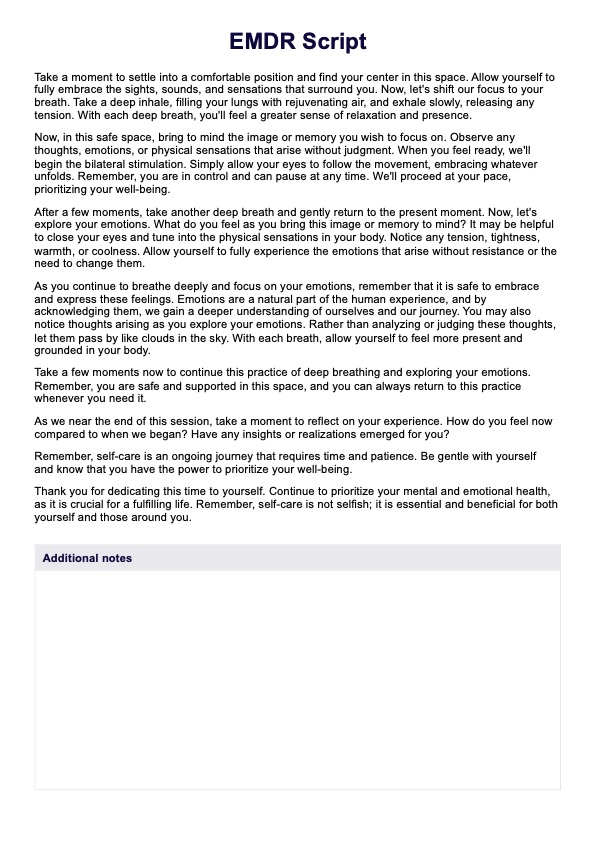
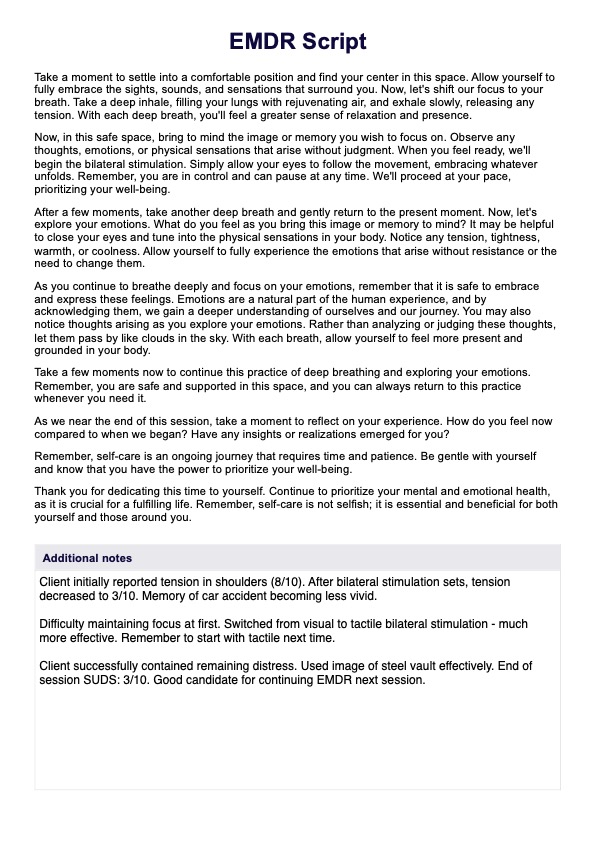

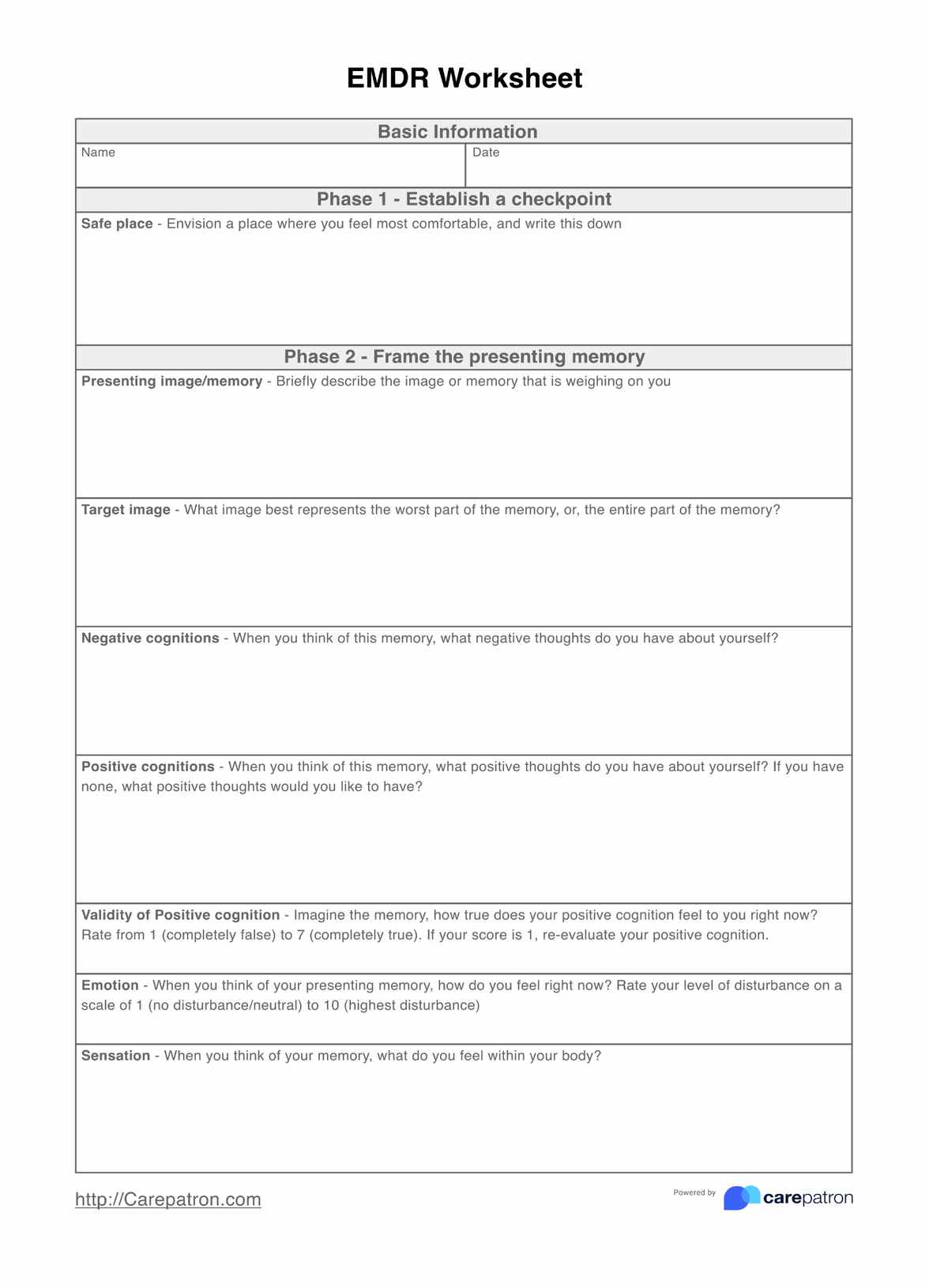
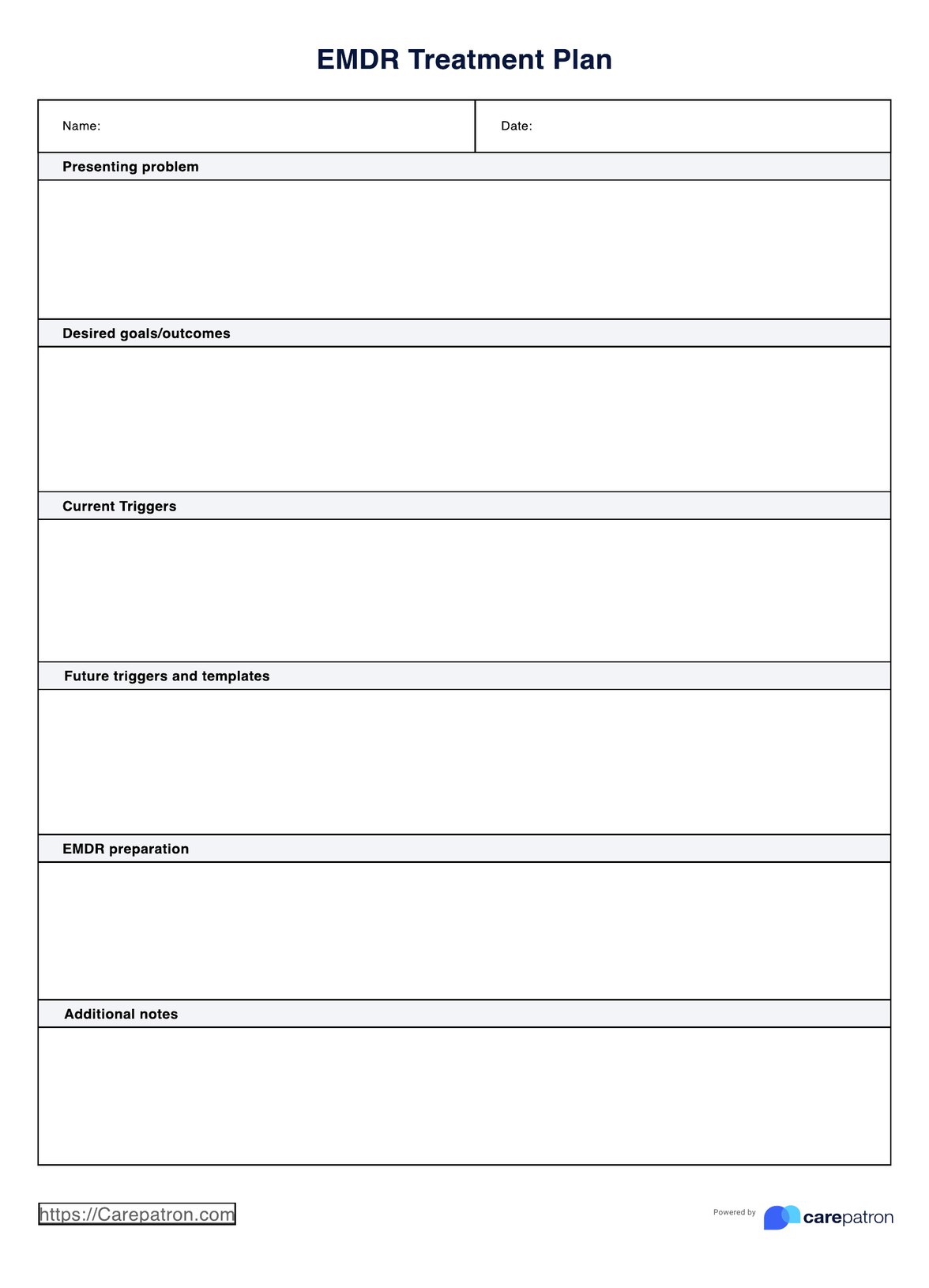
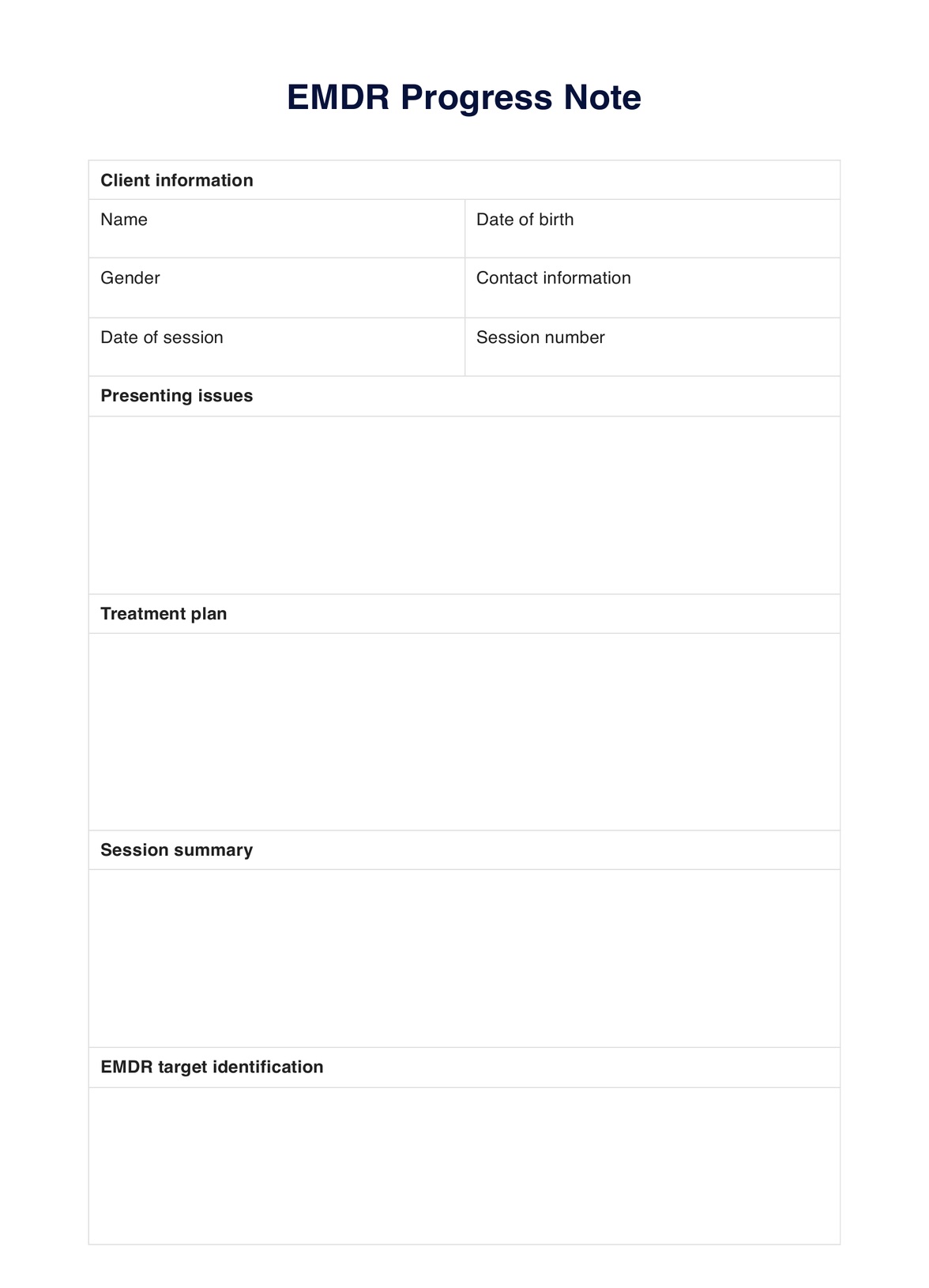

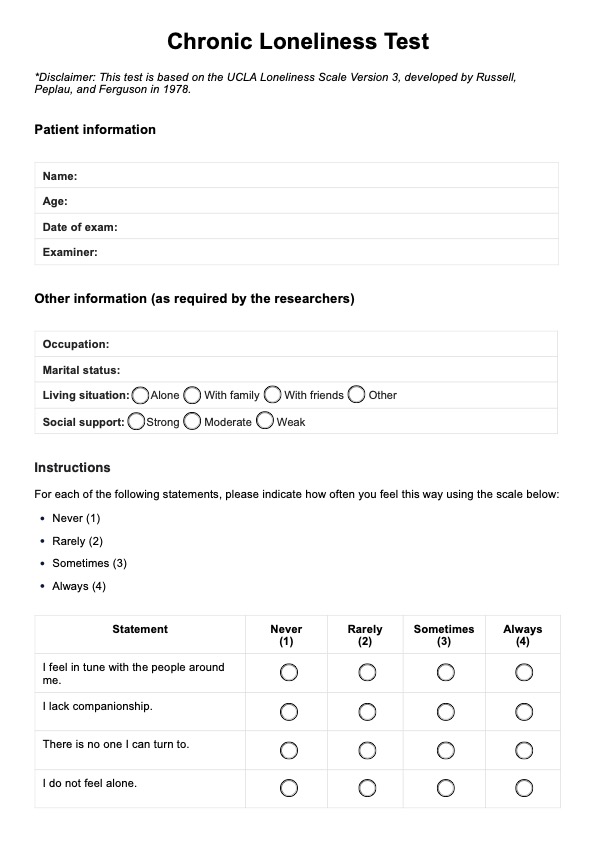
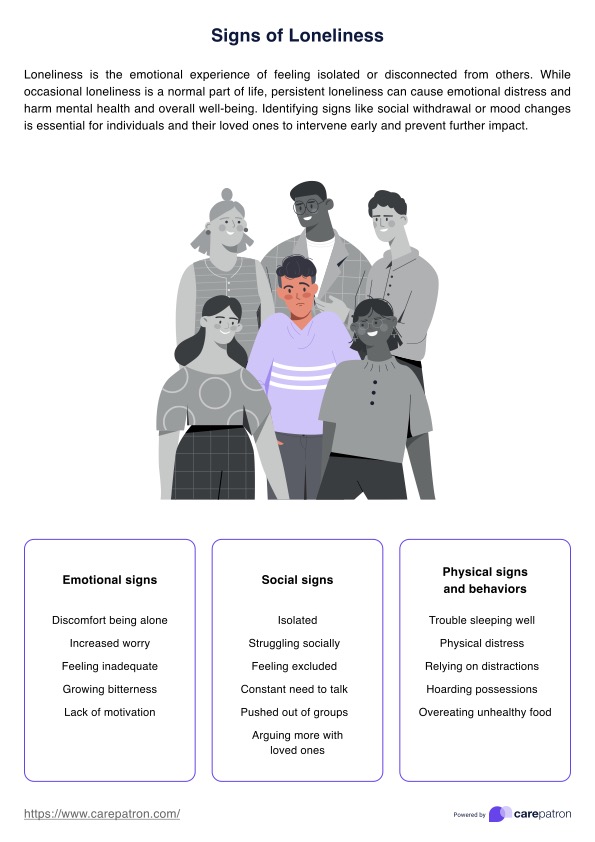
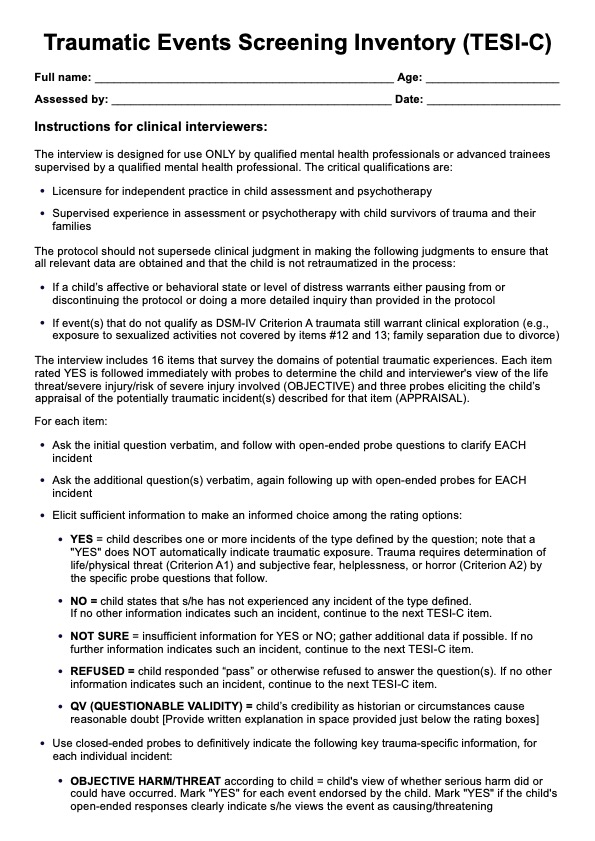

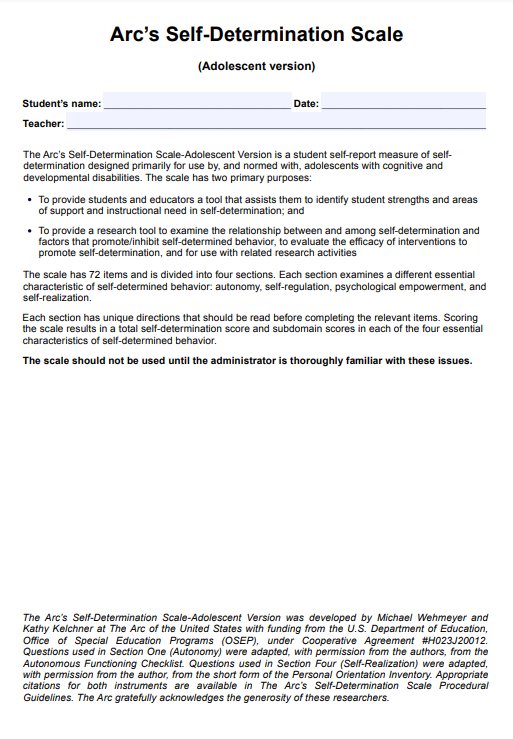
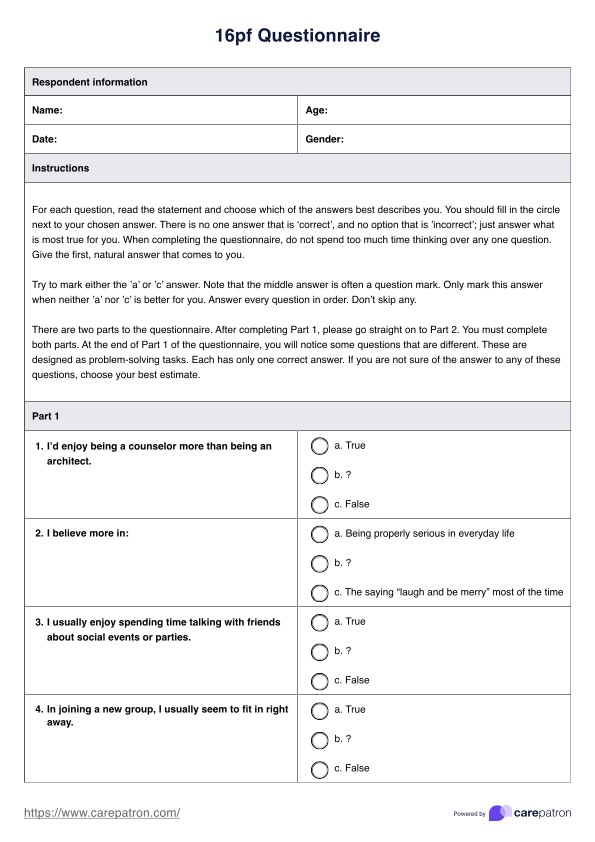
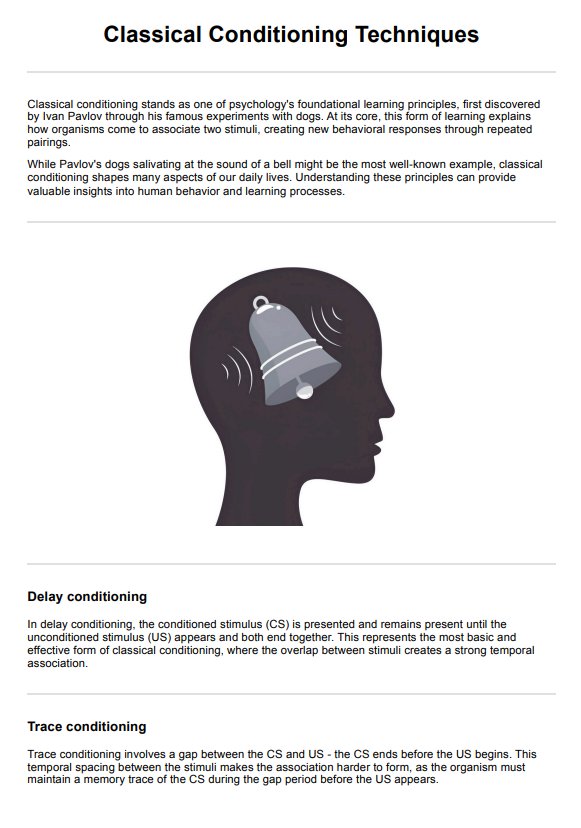
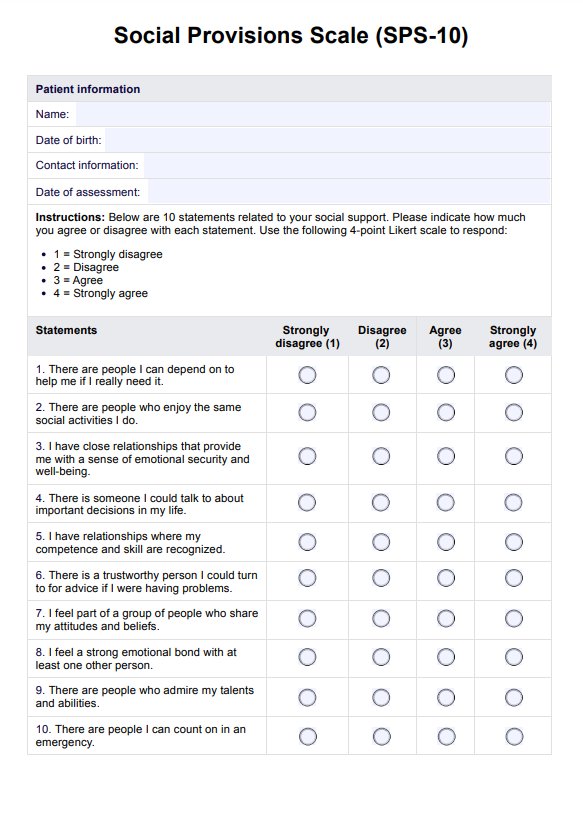
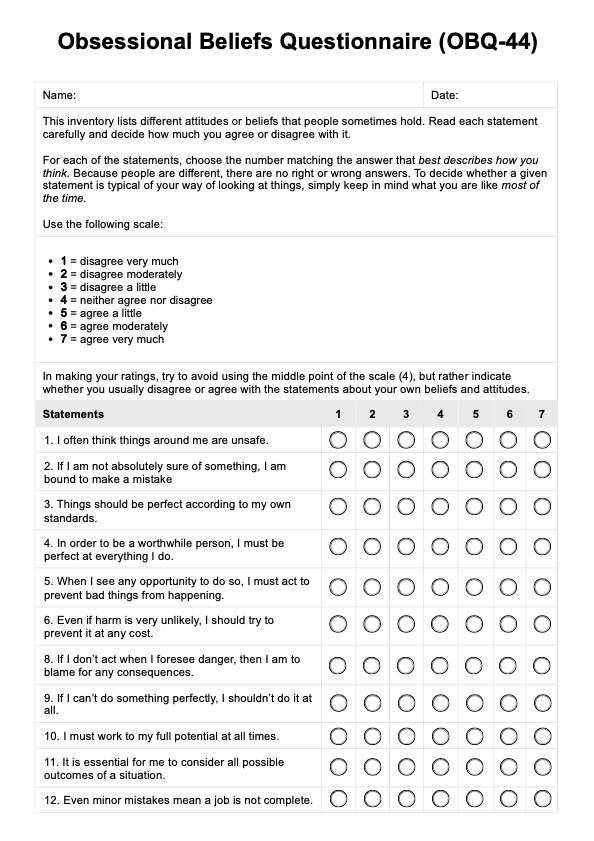

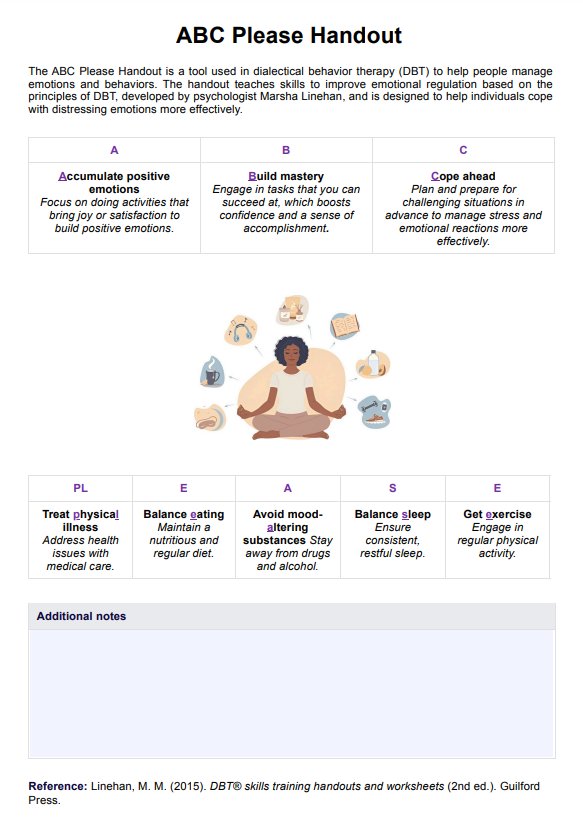
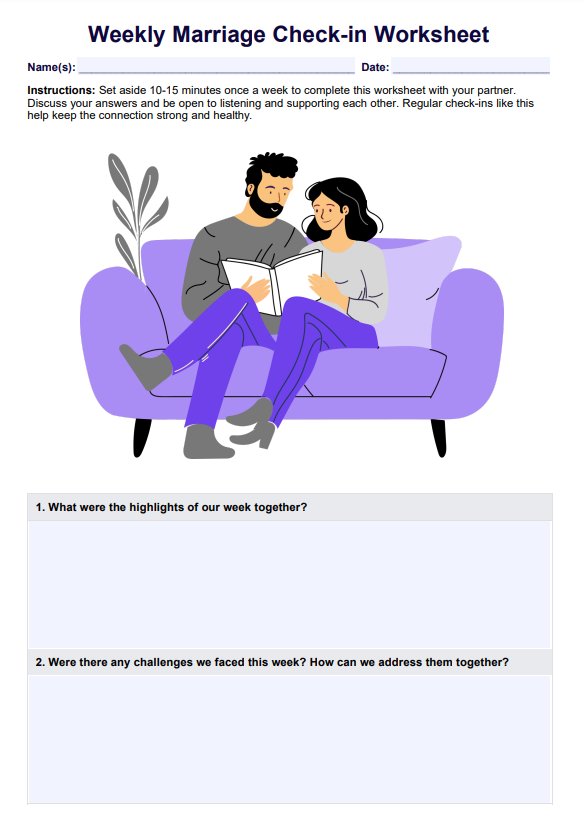
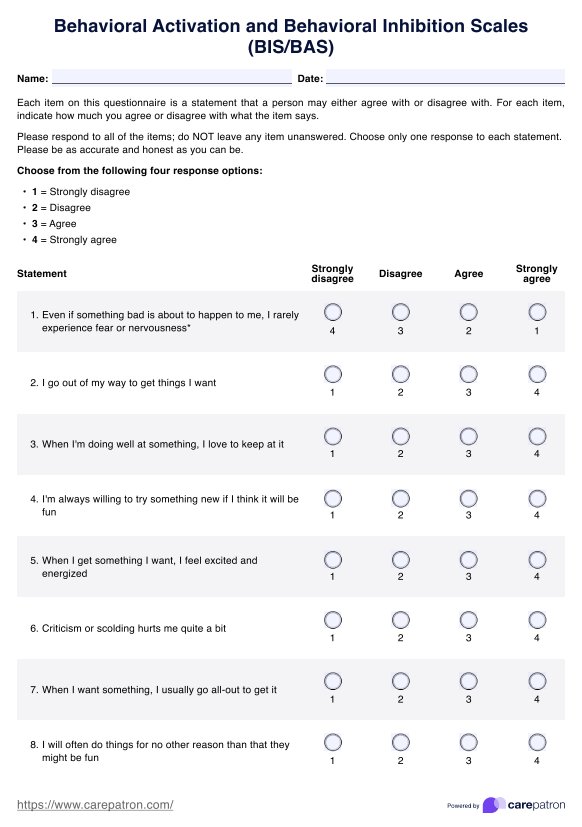
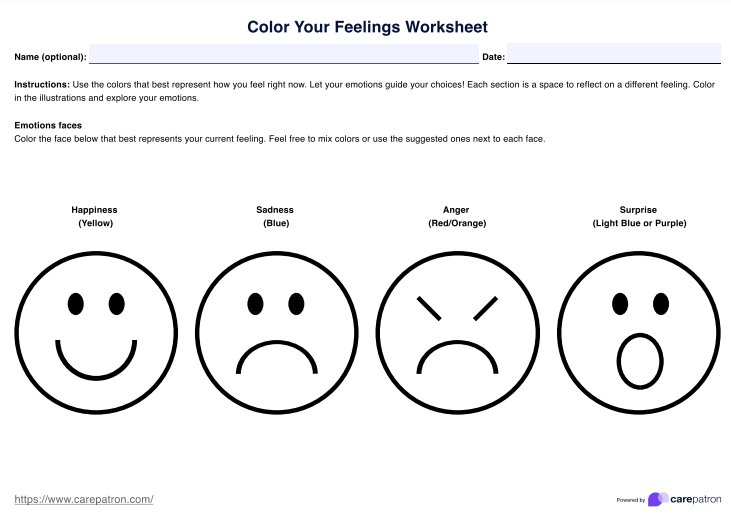
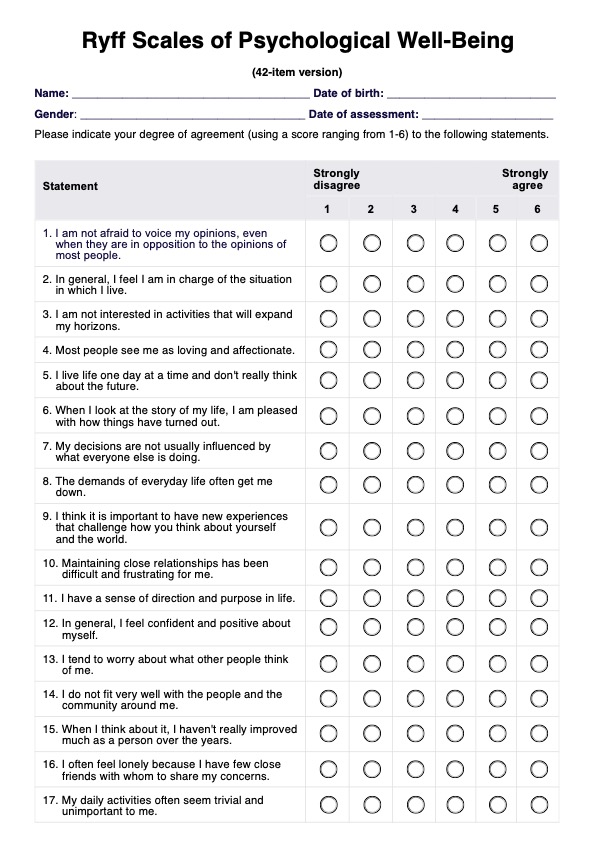
-template.jpg)
